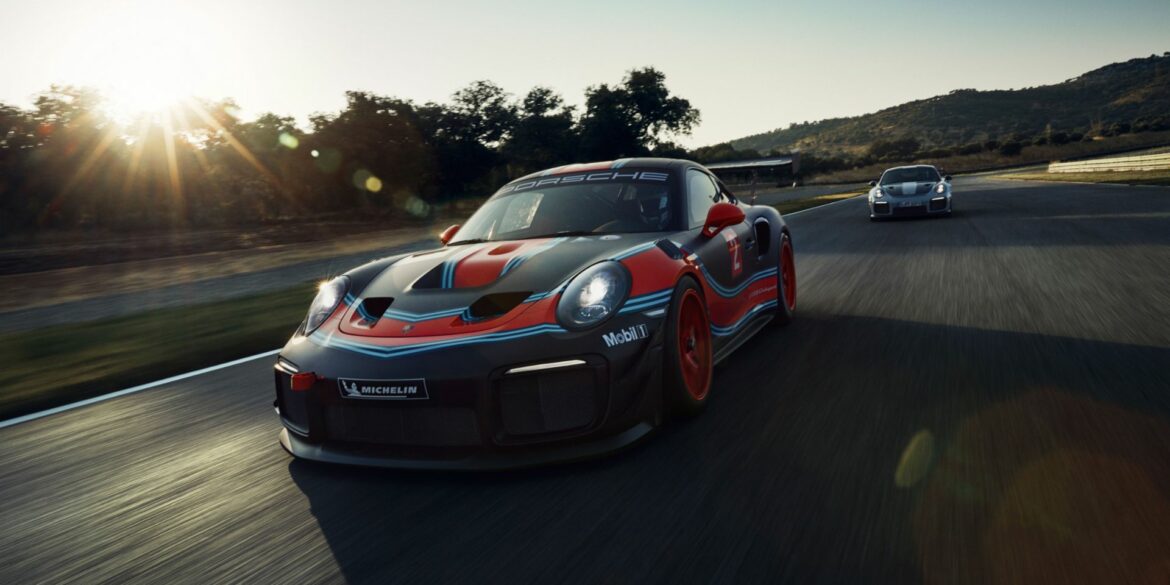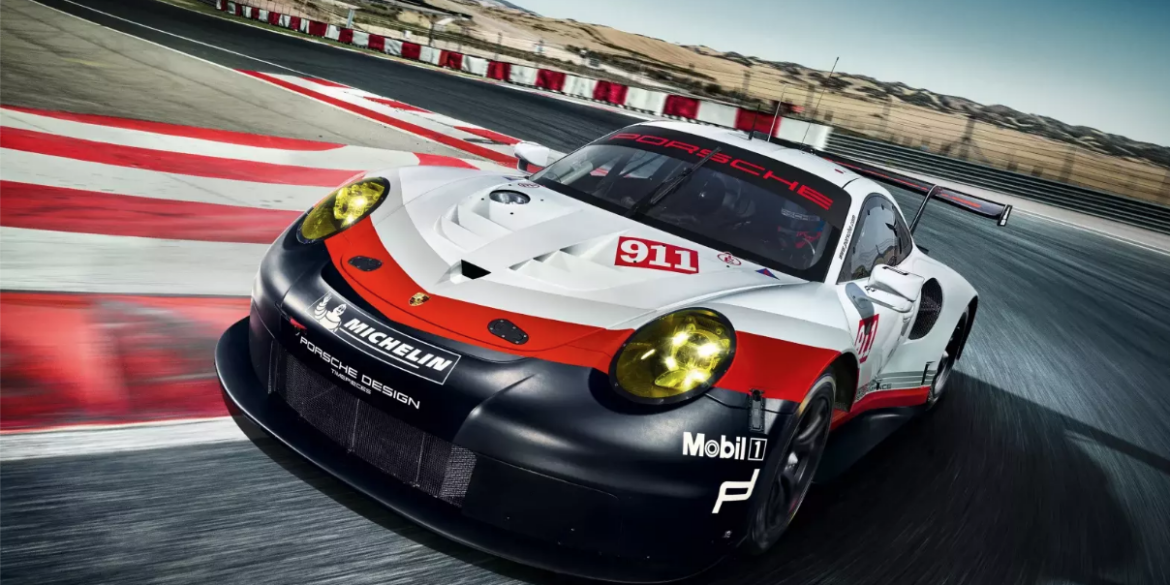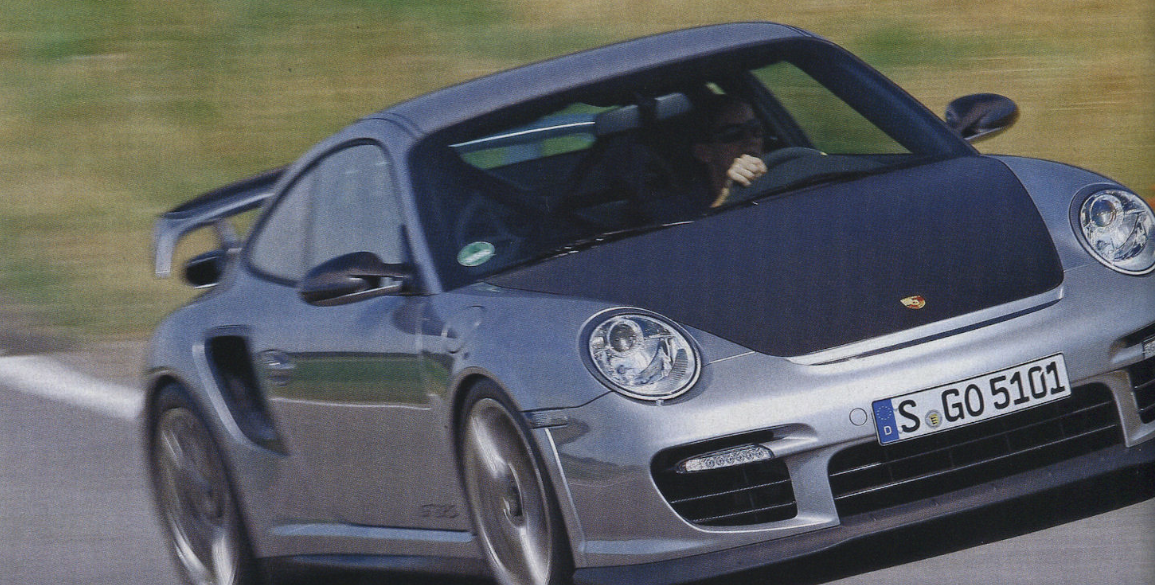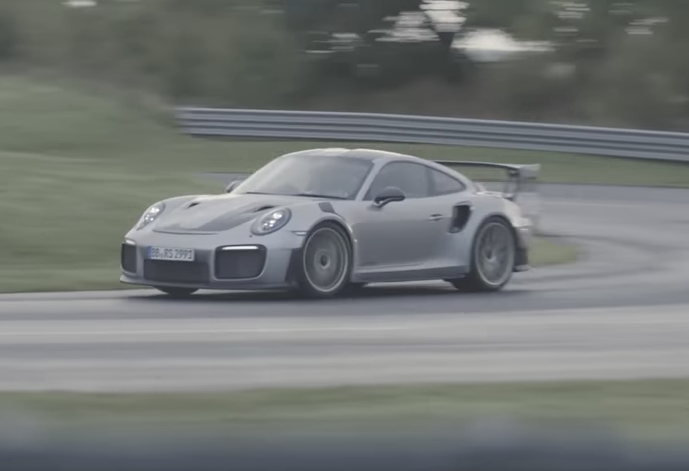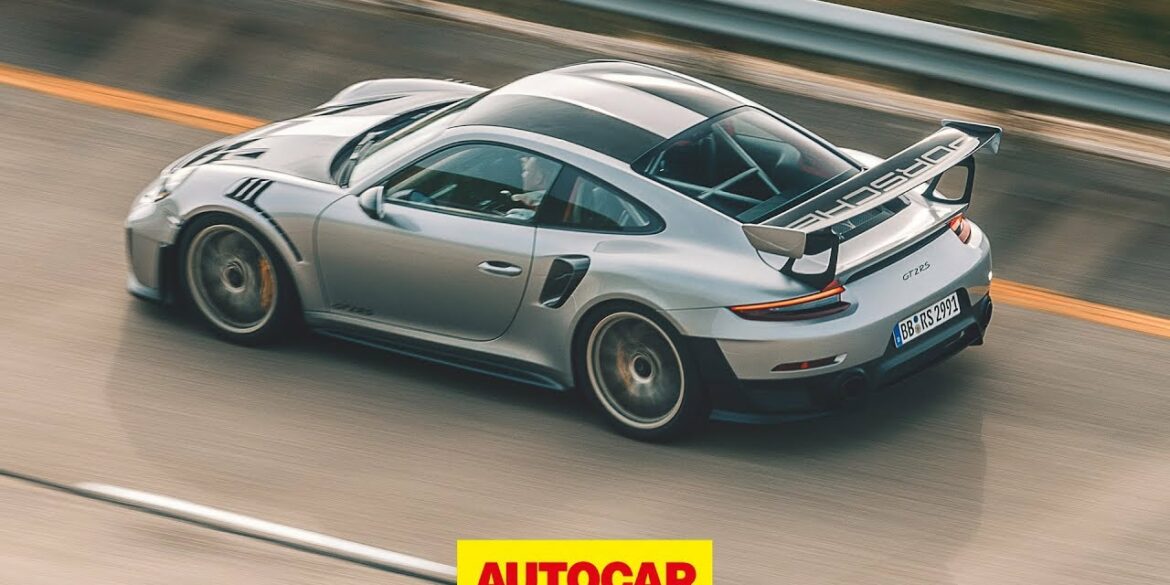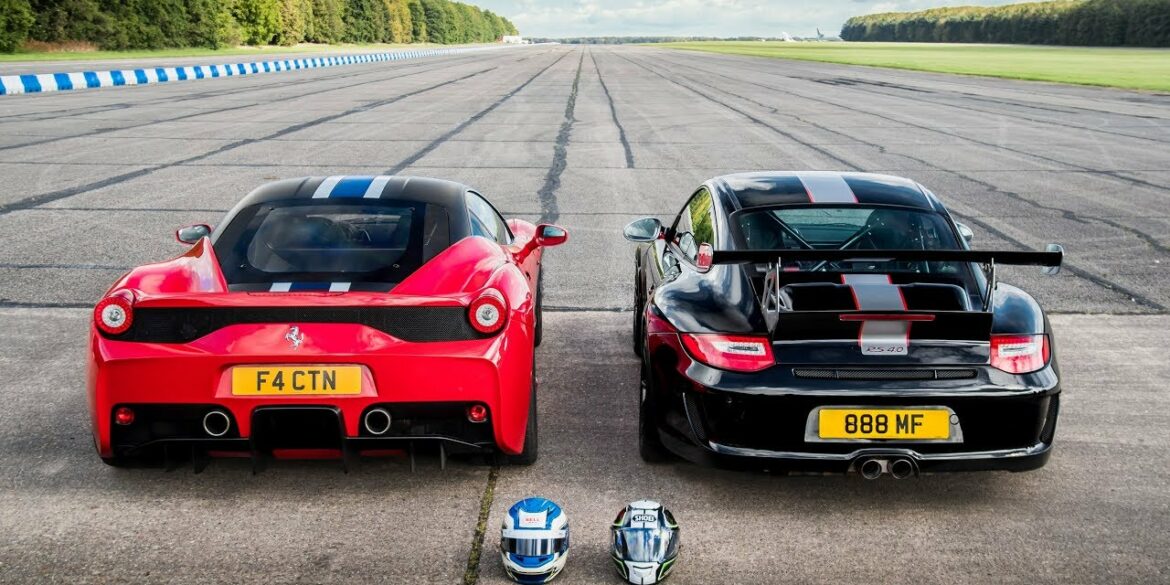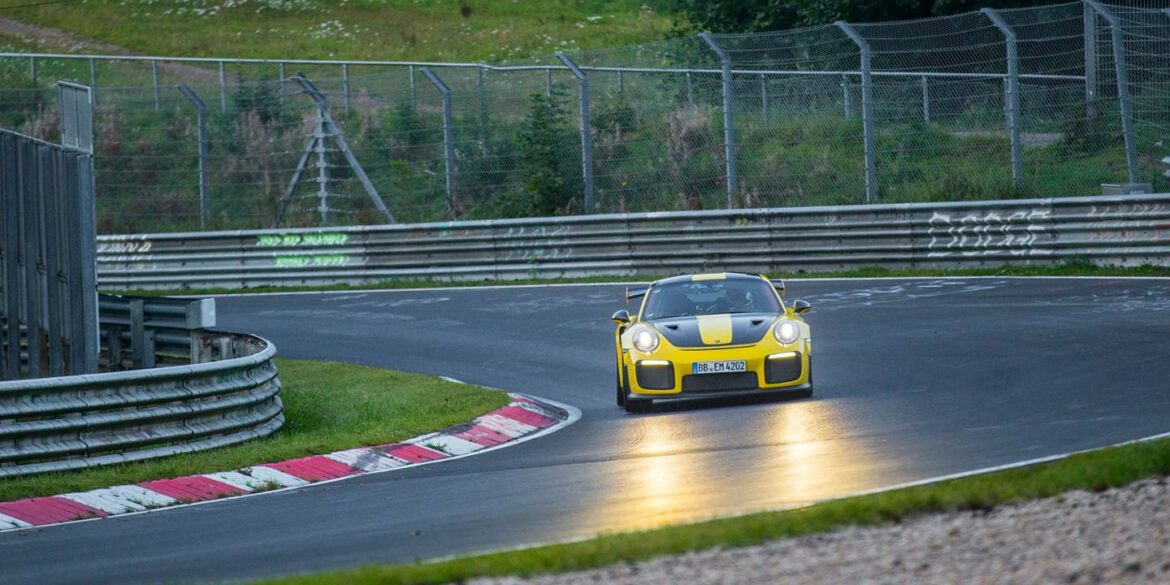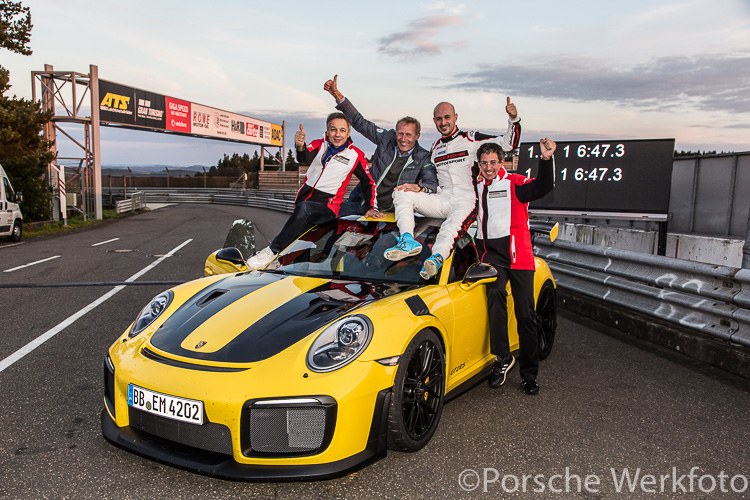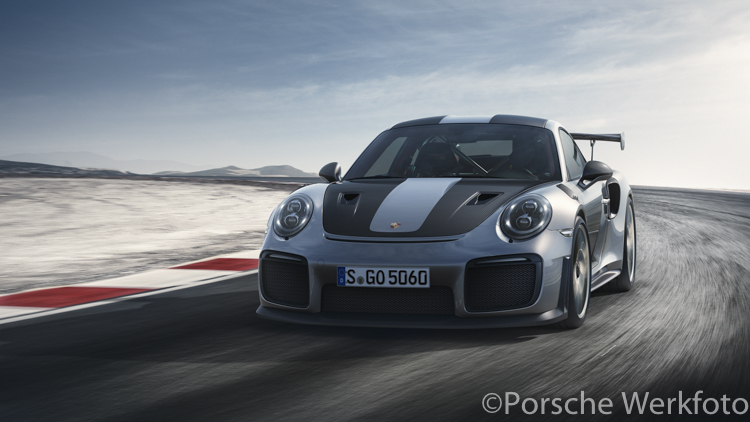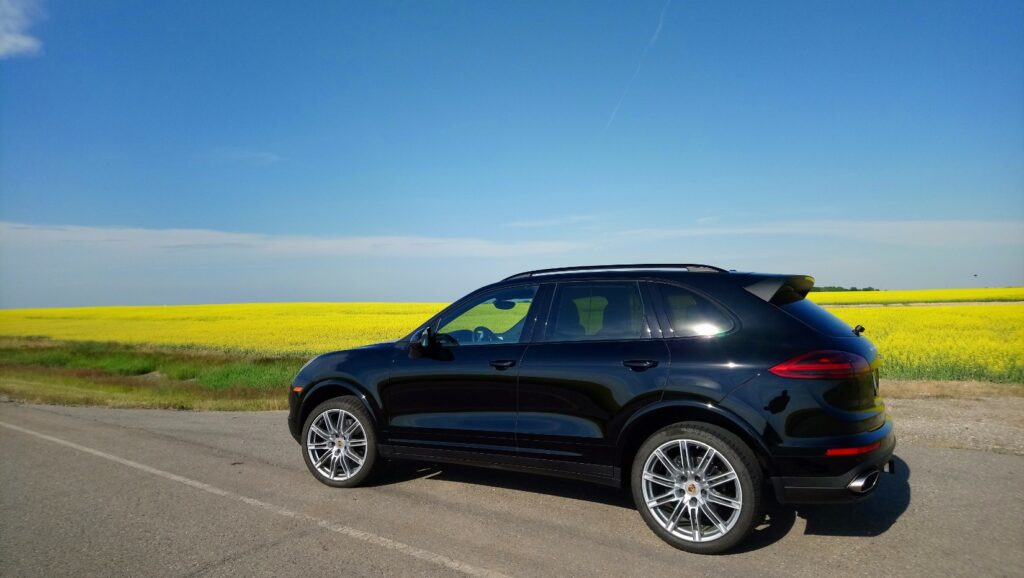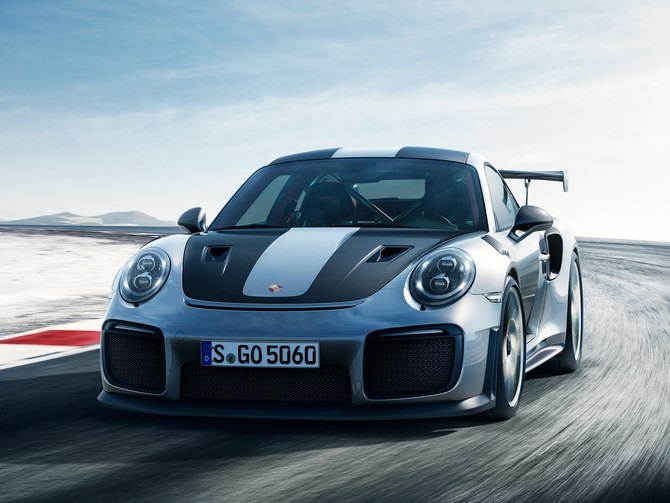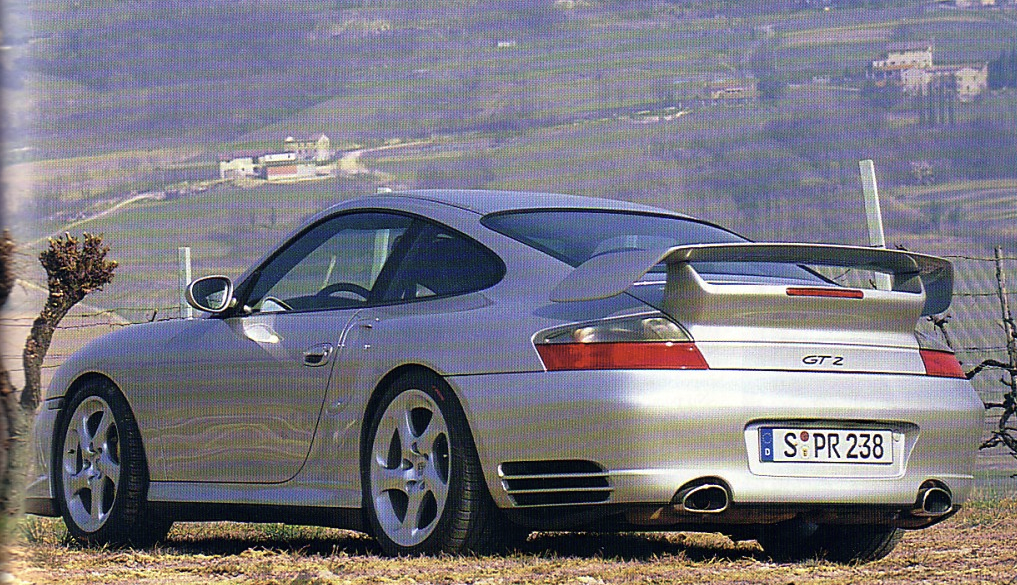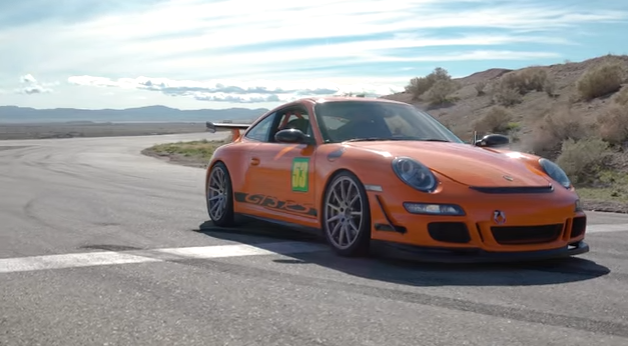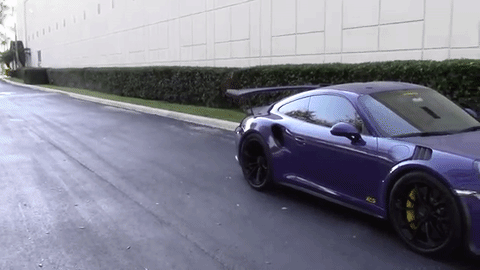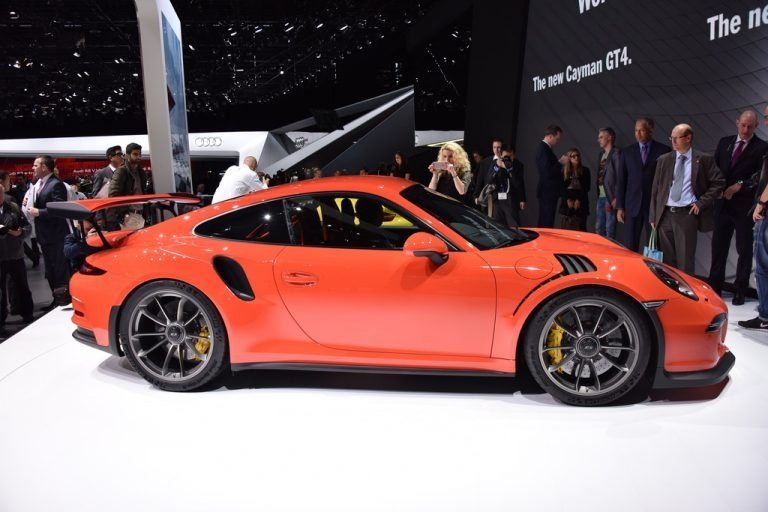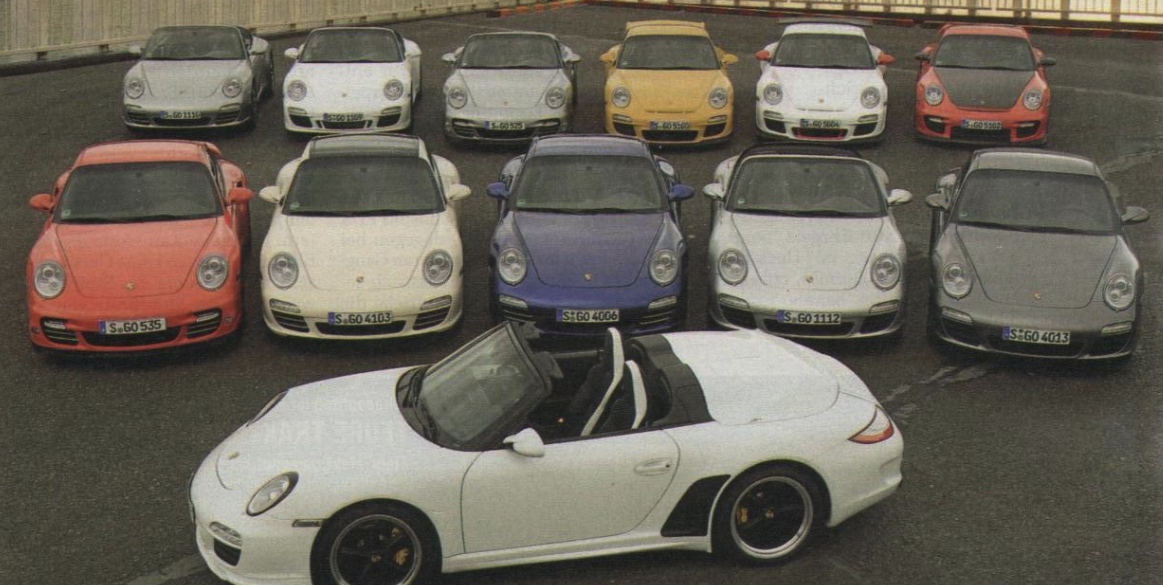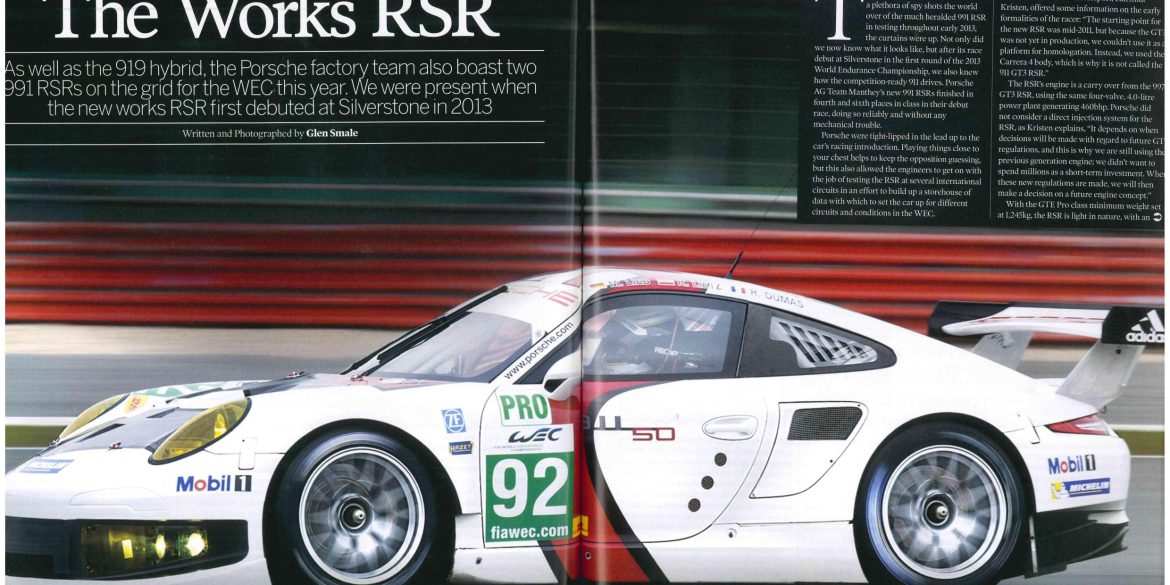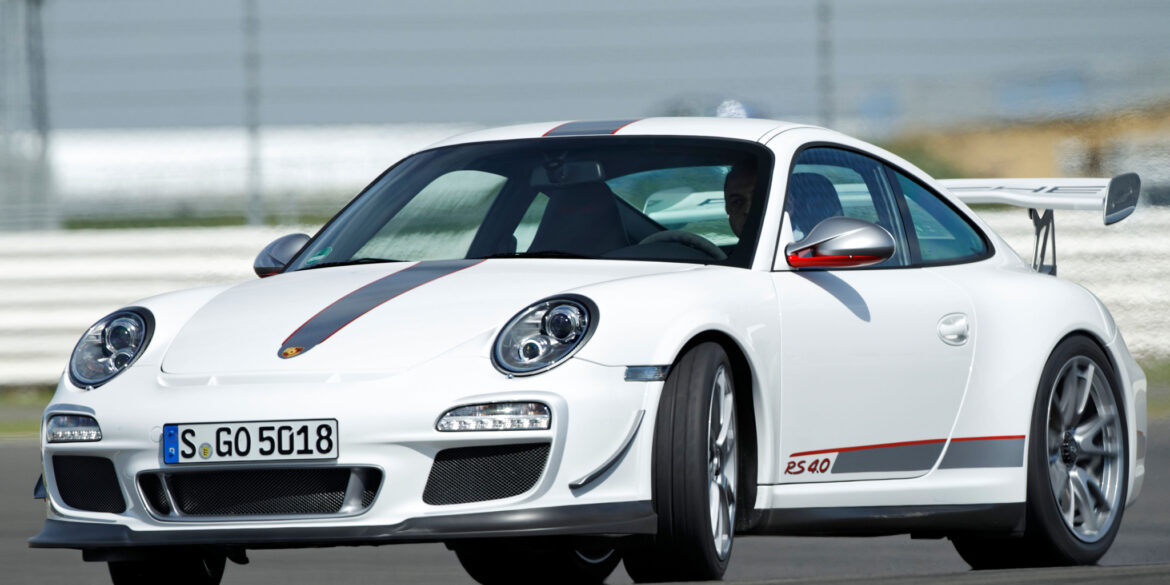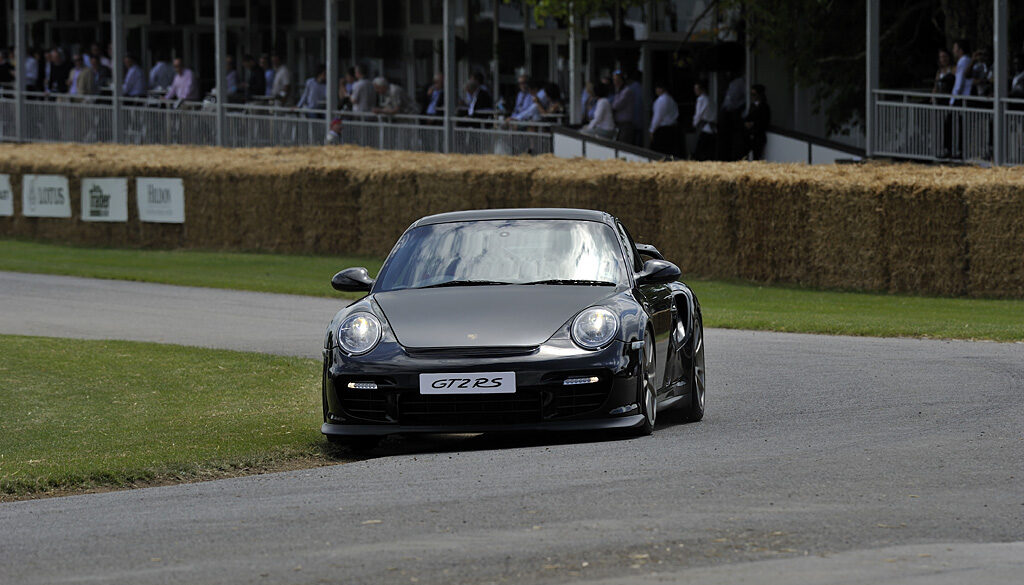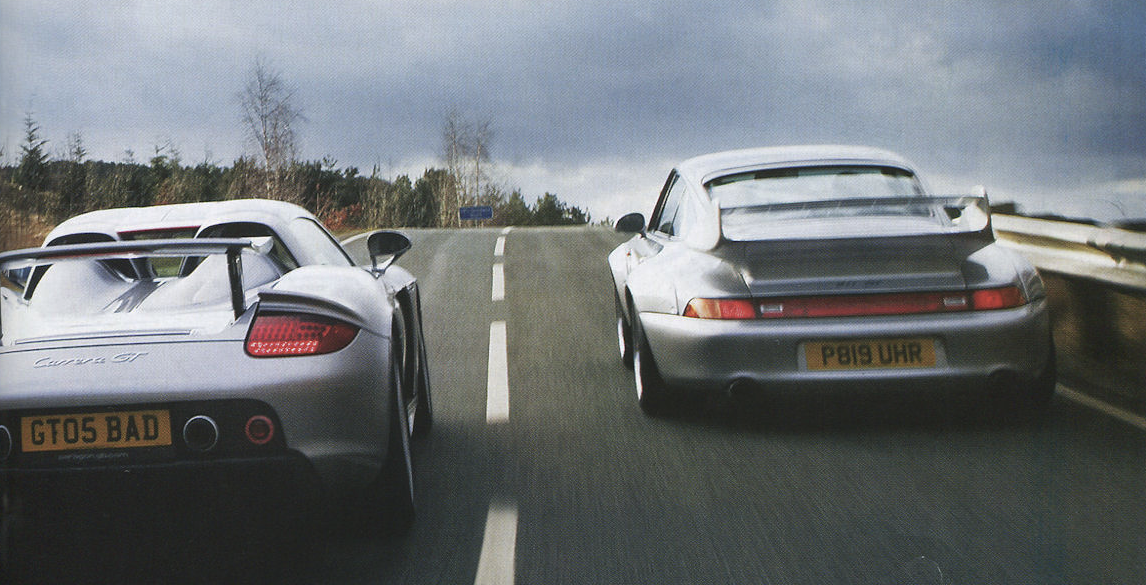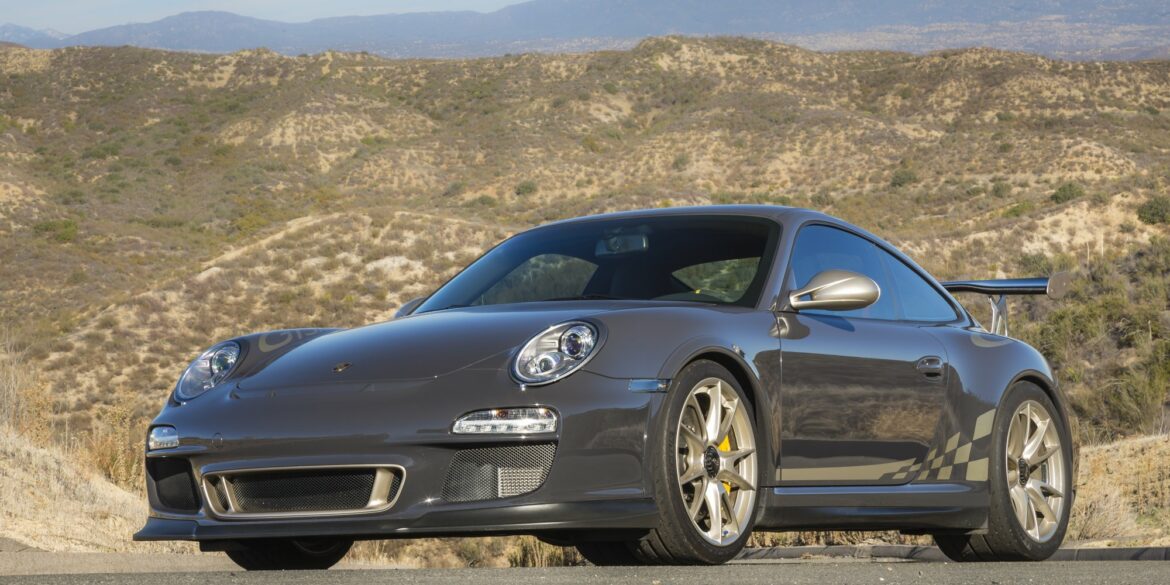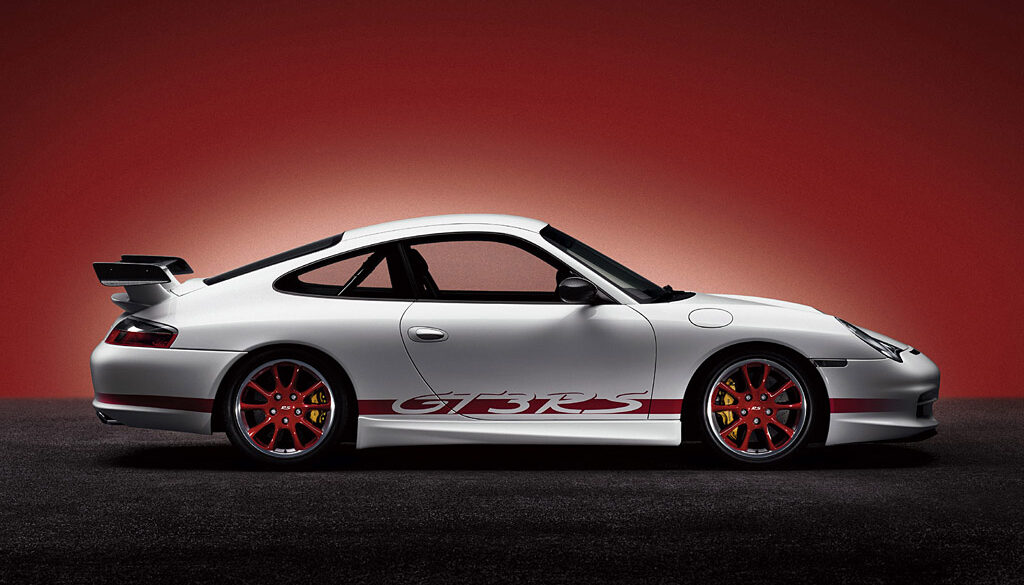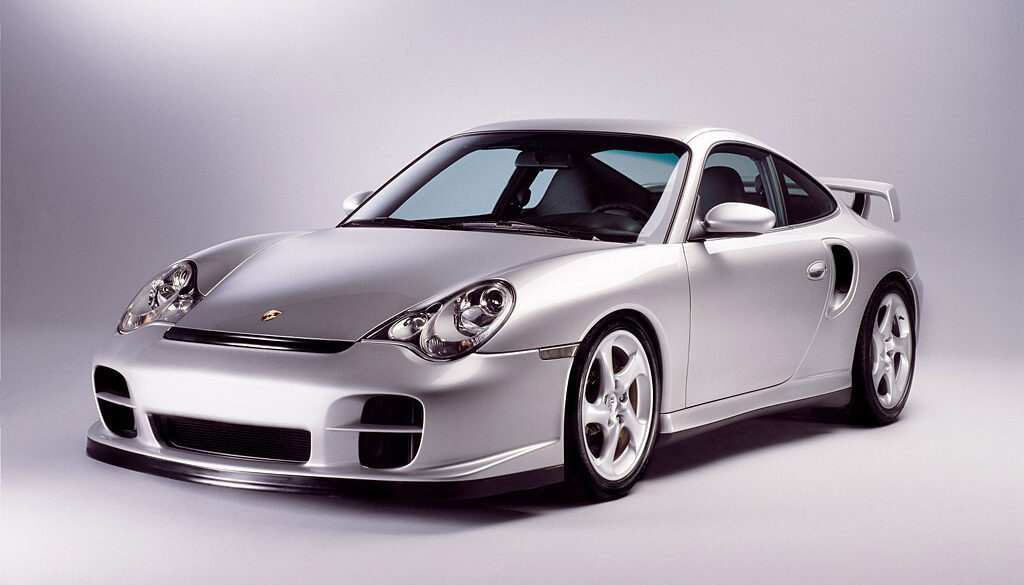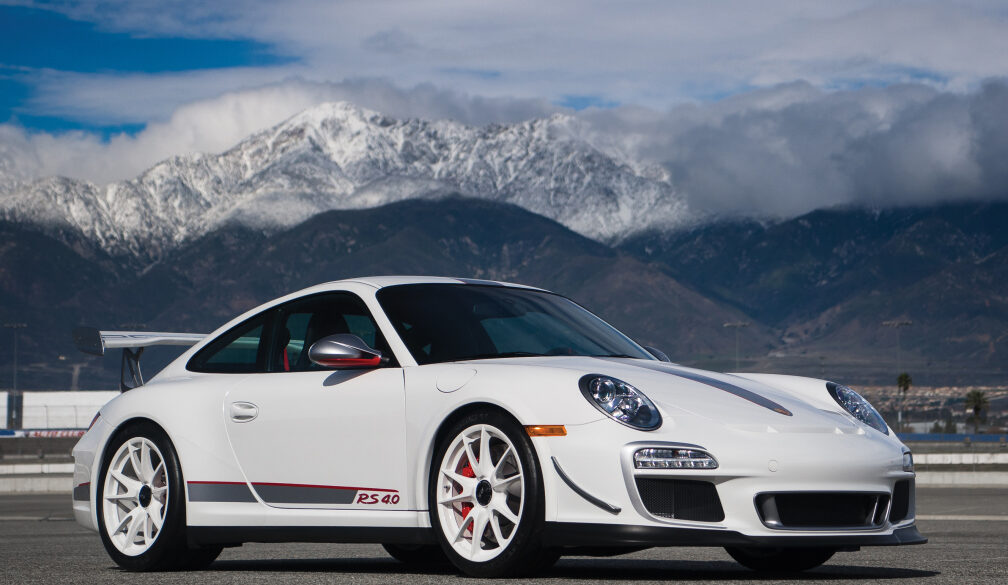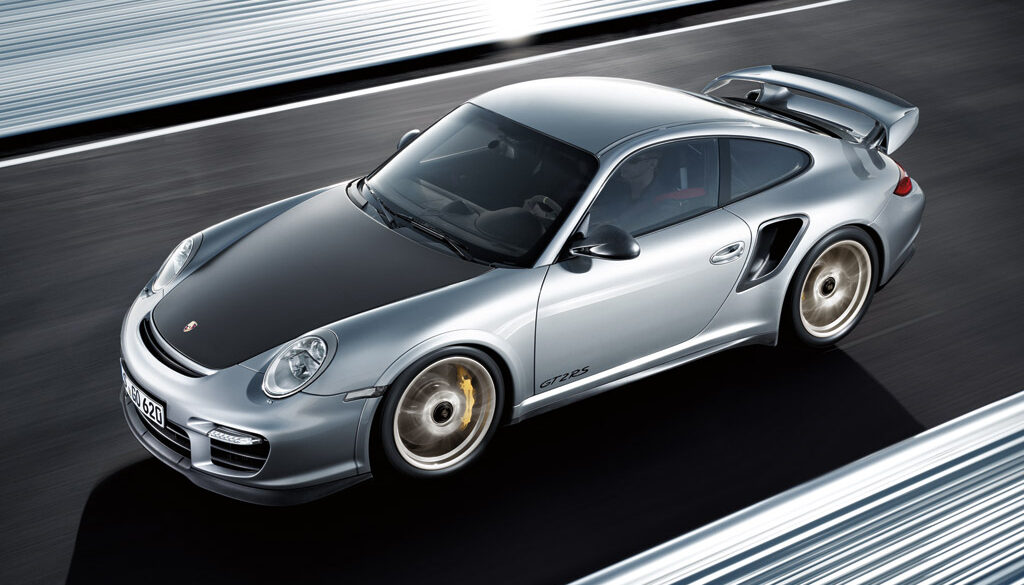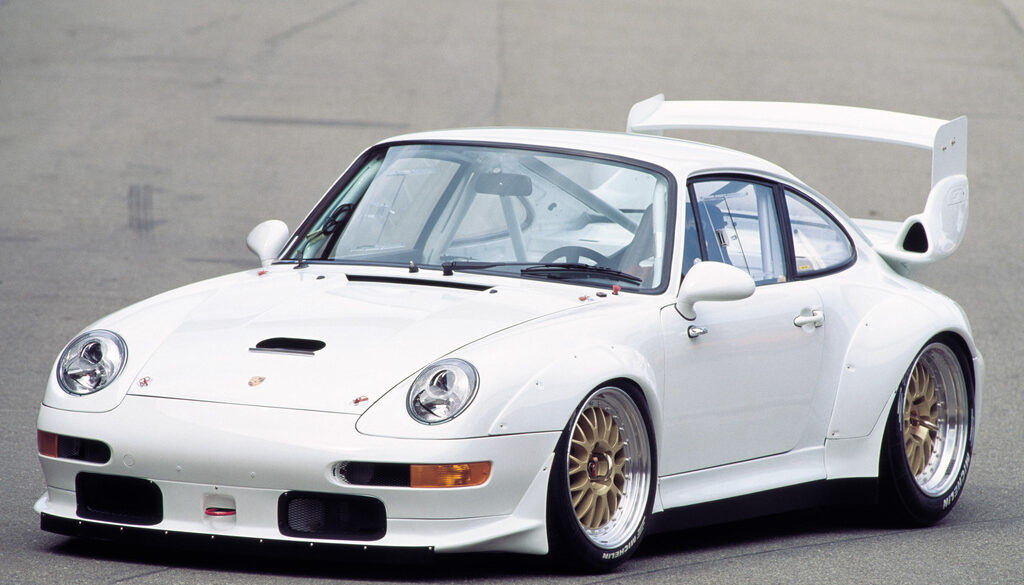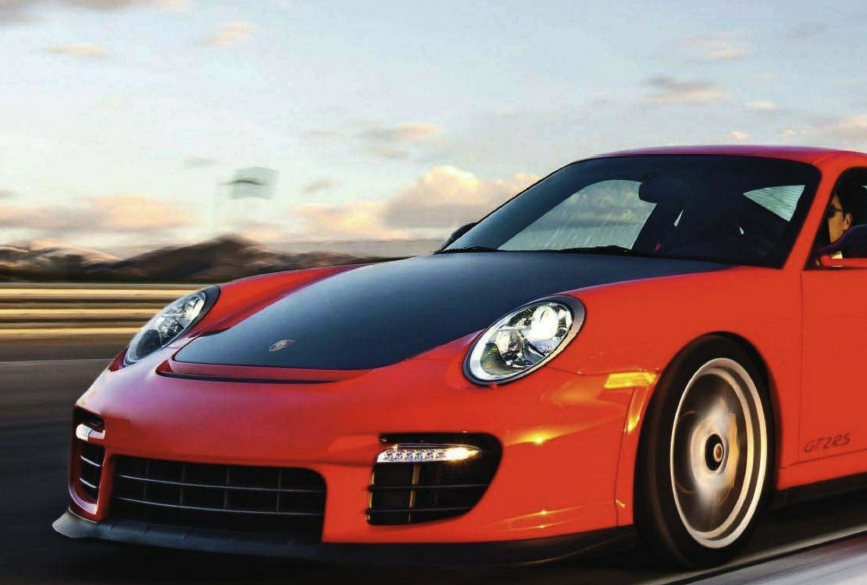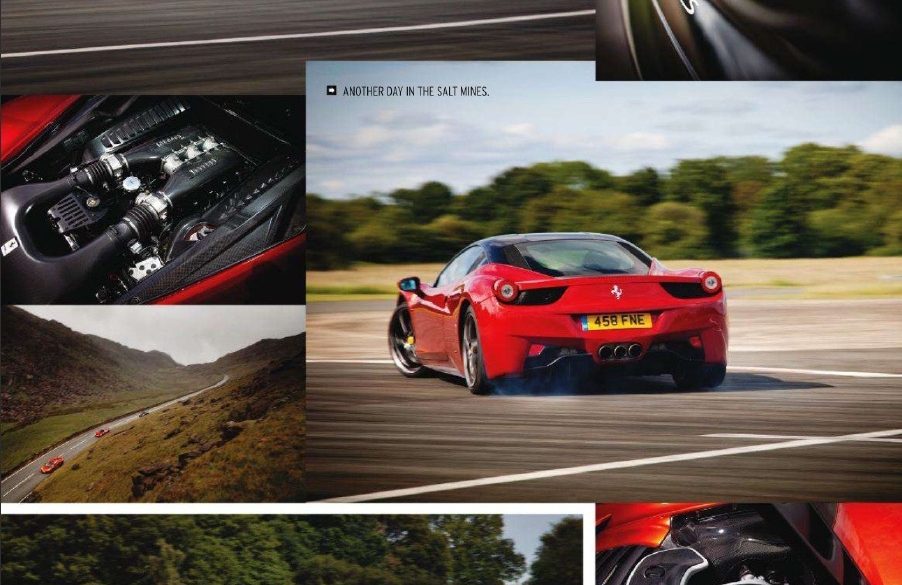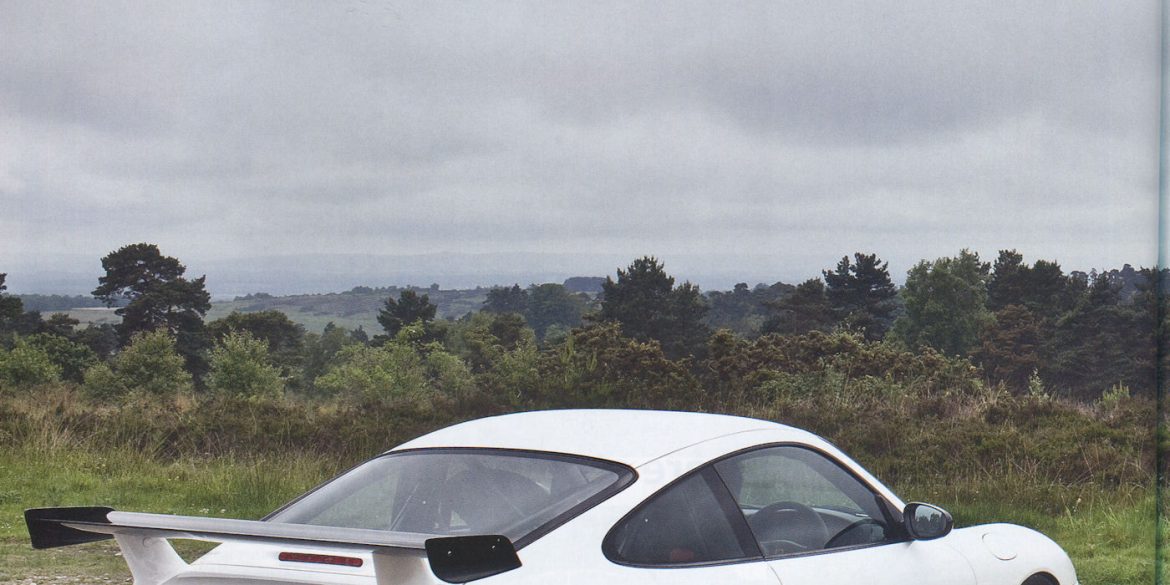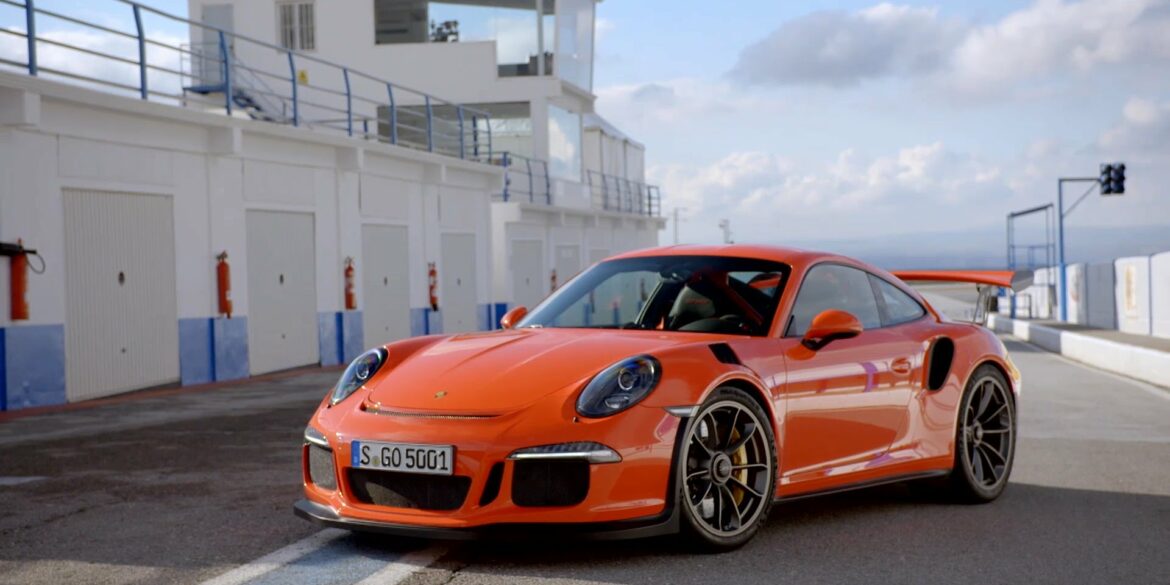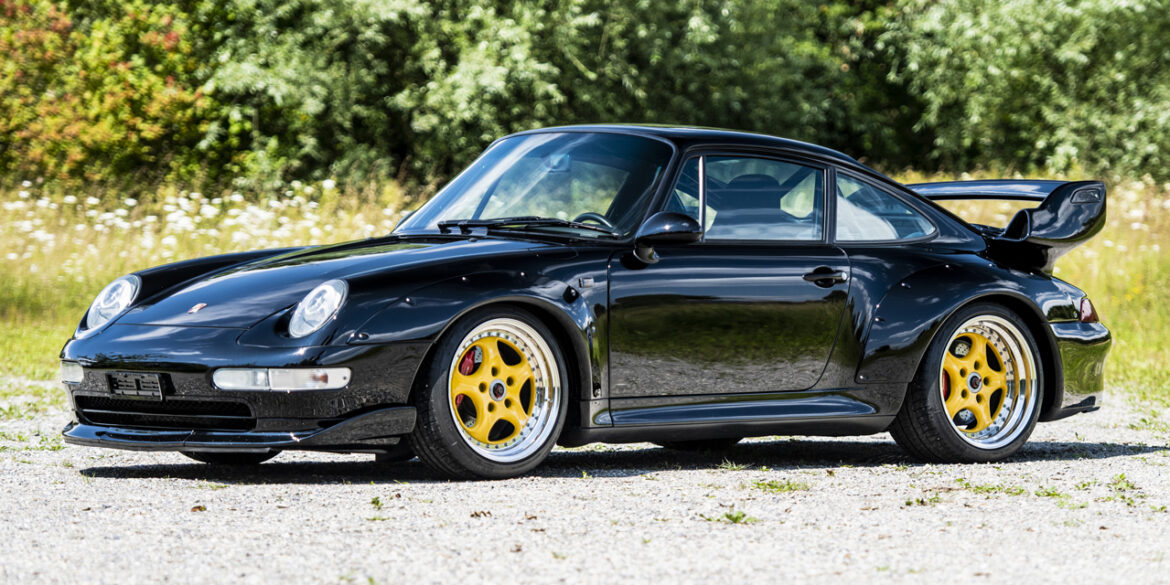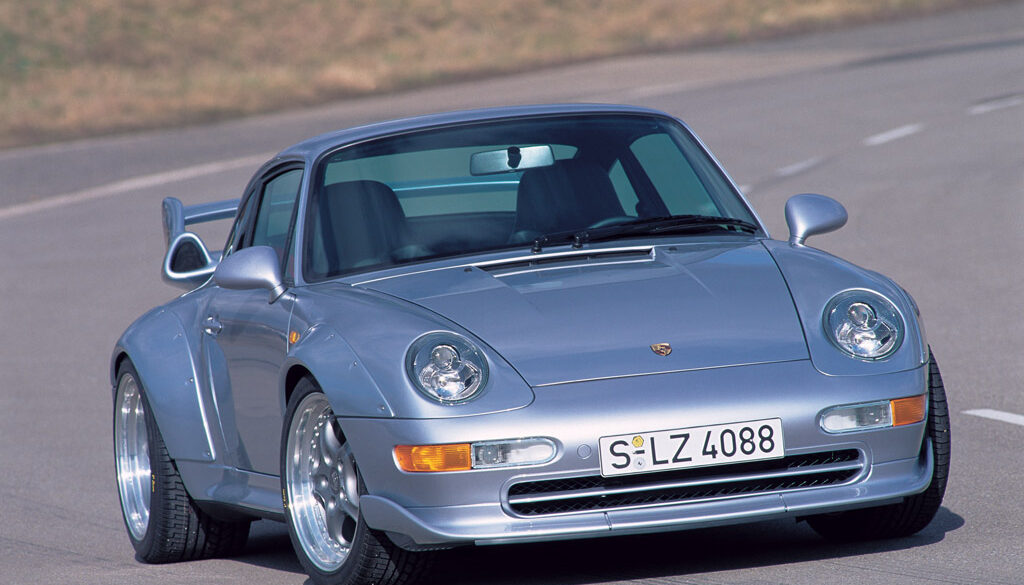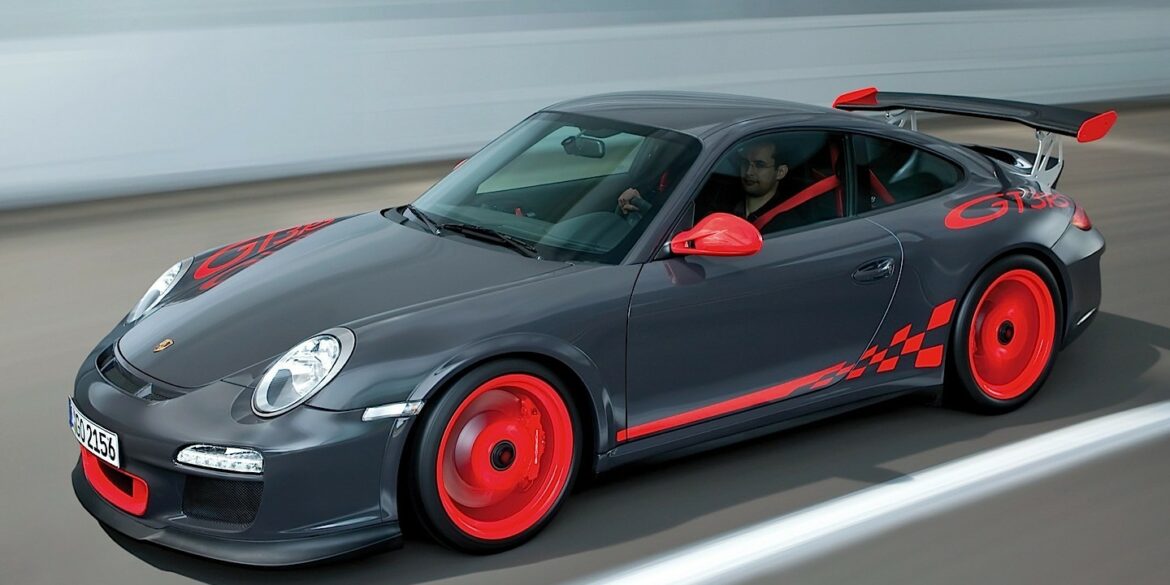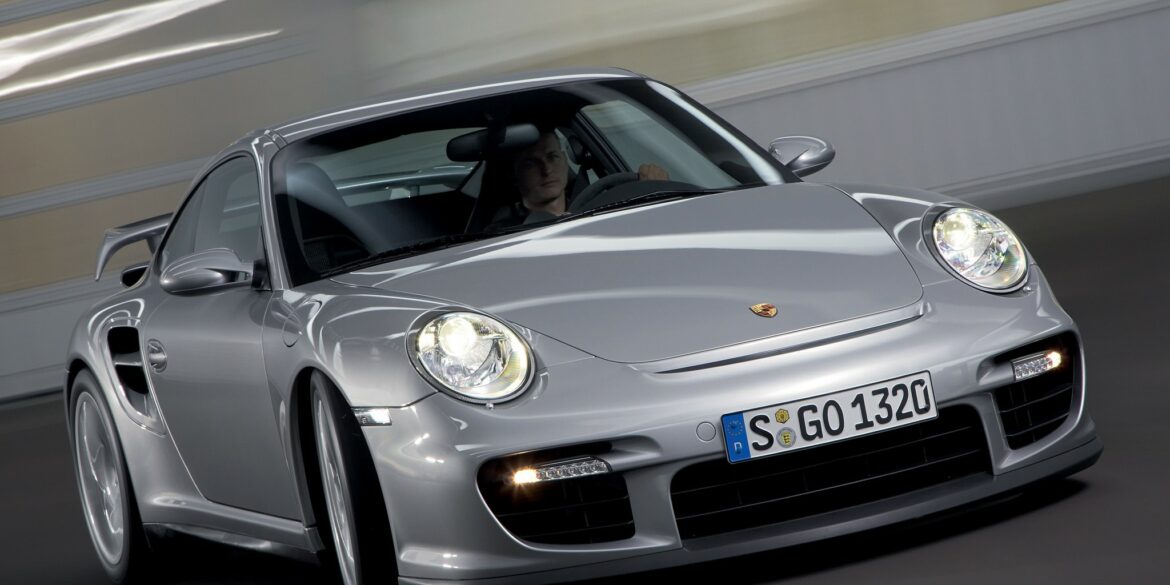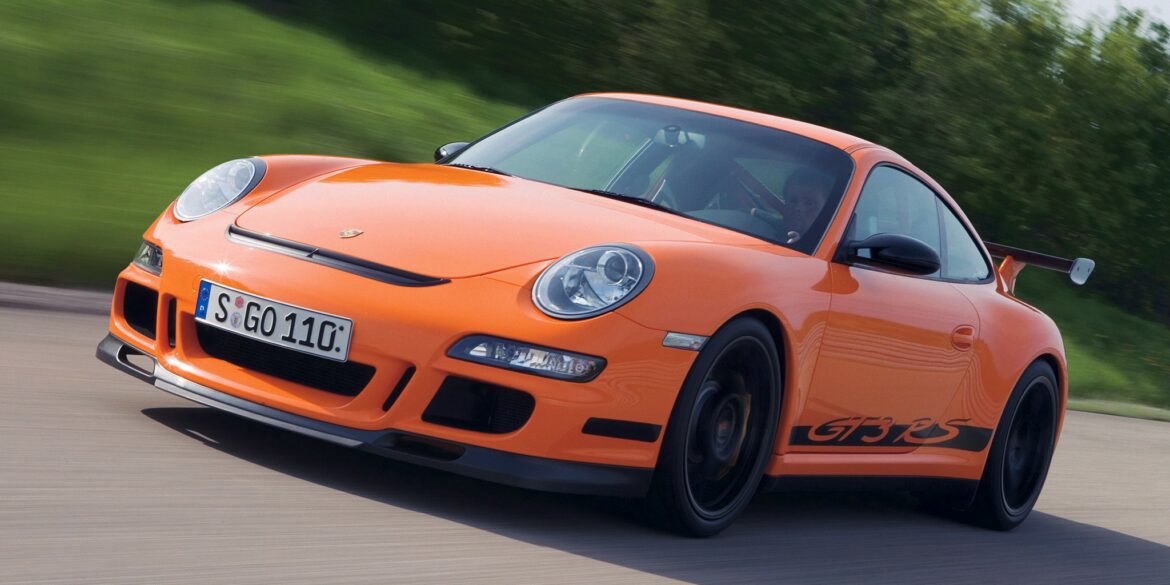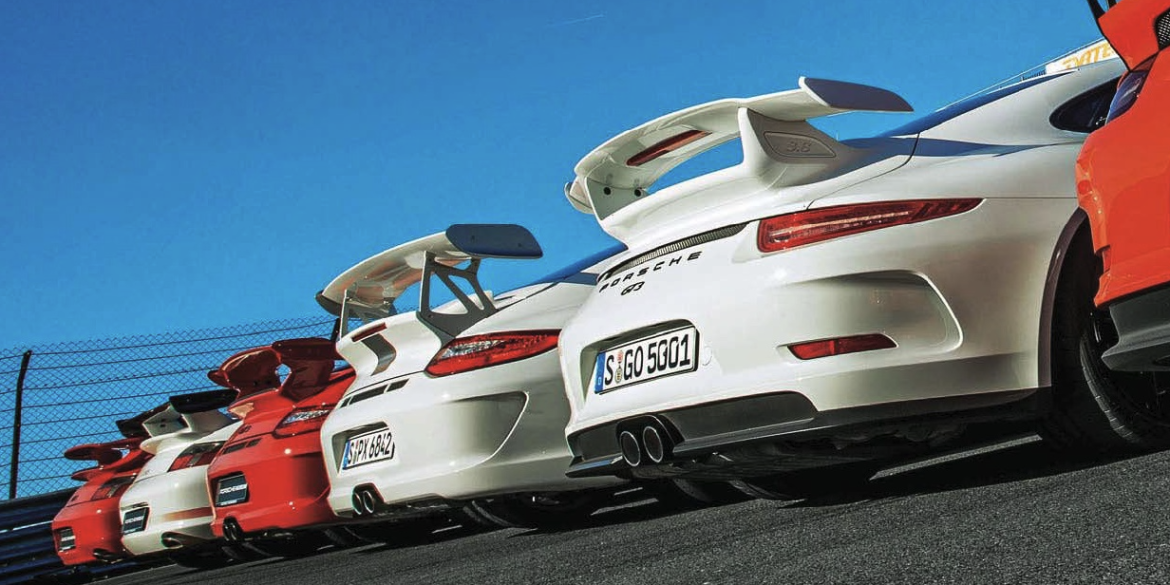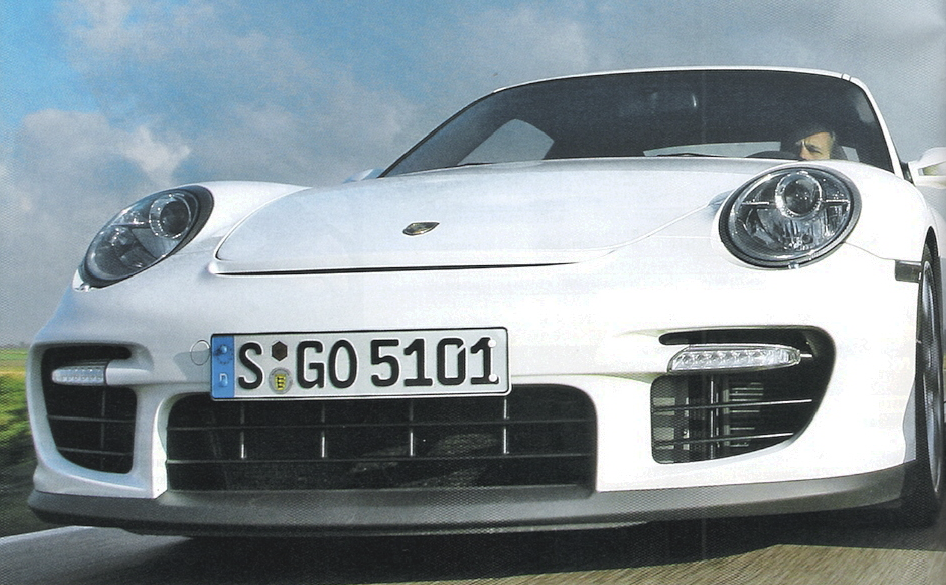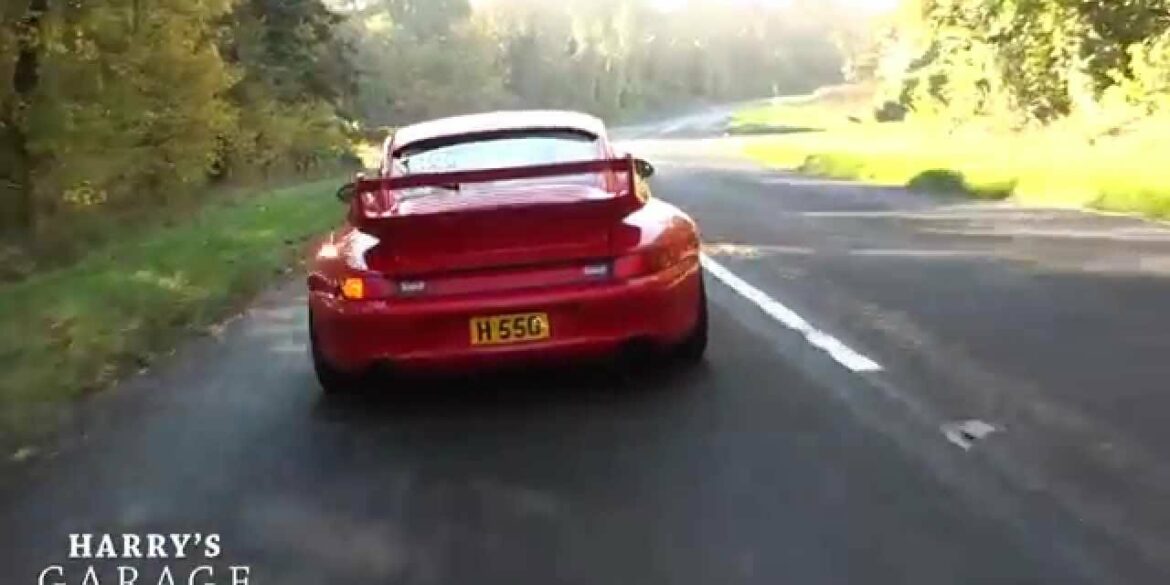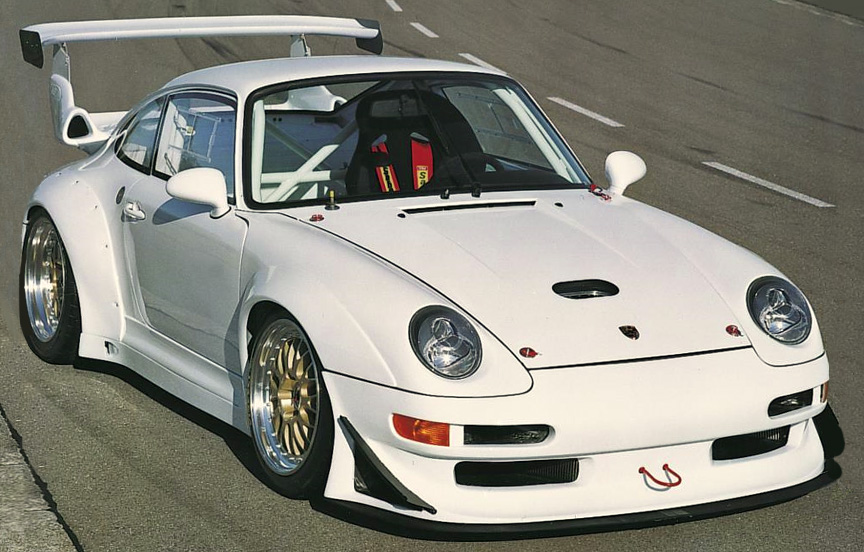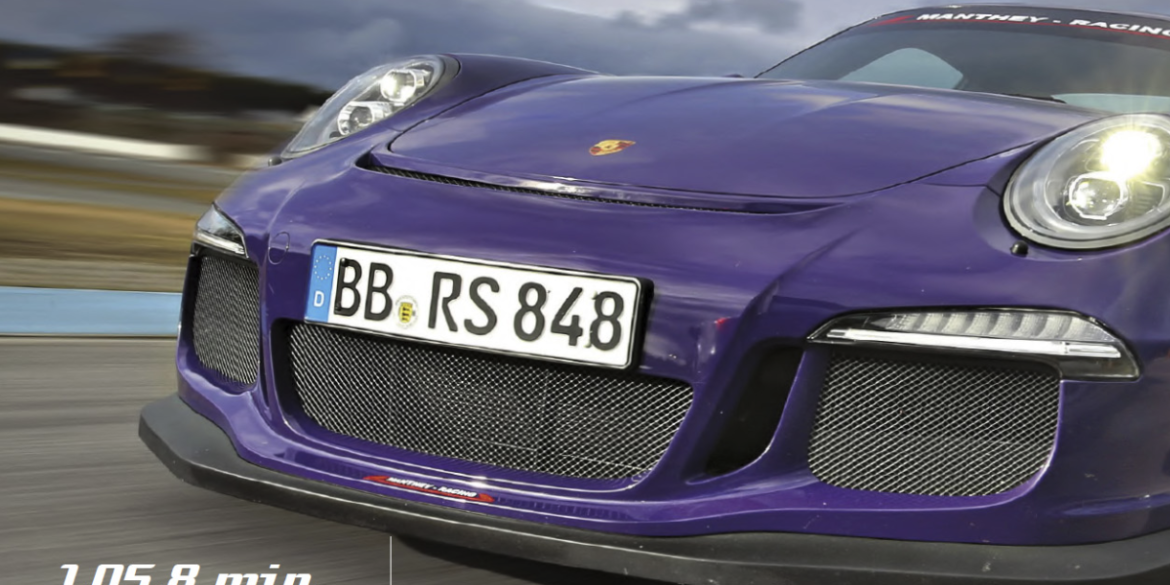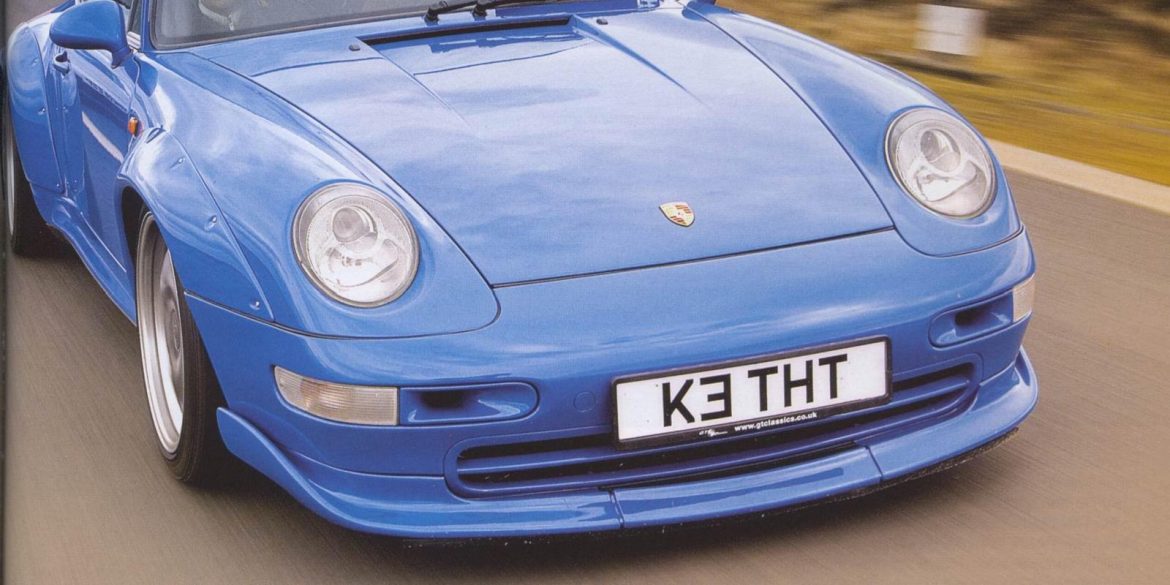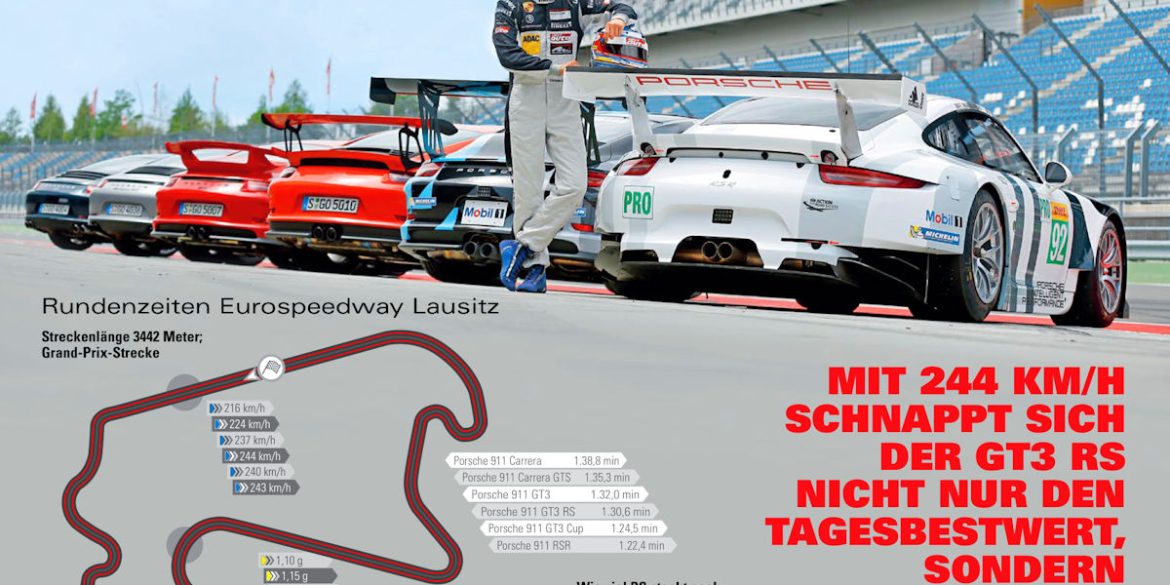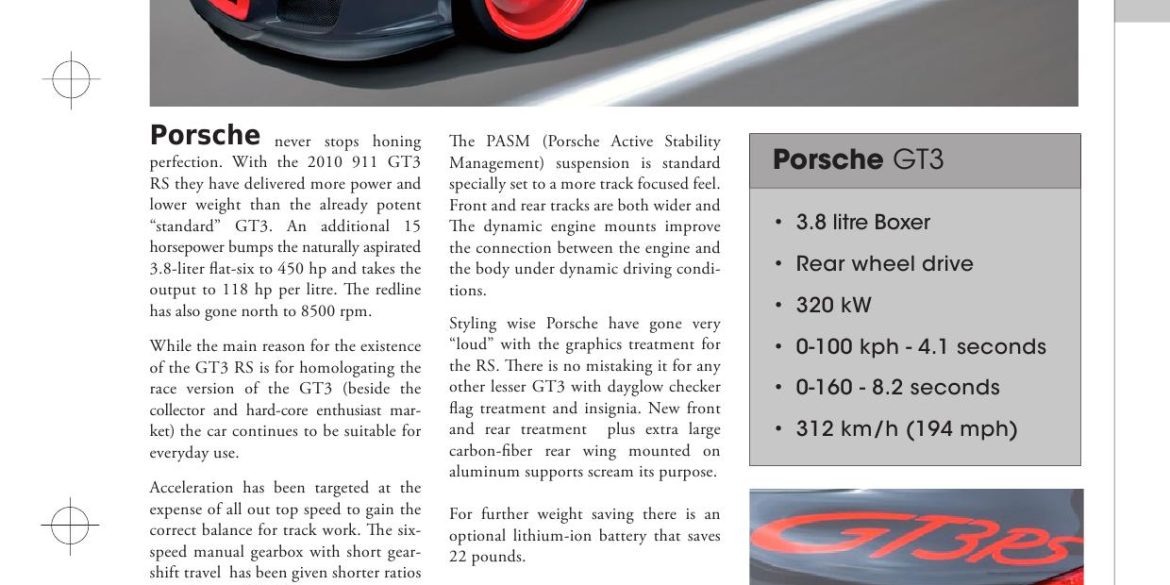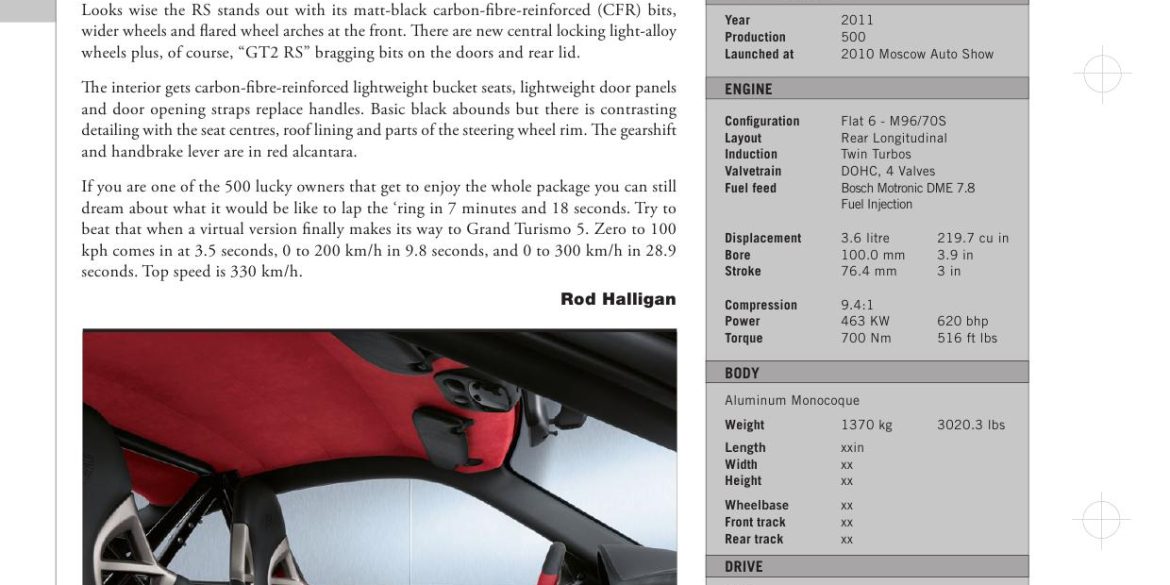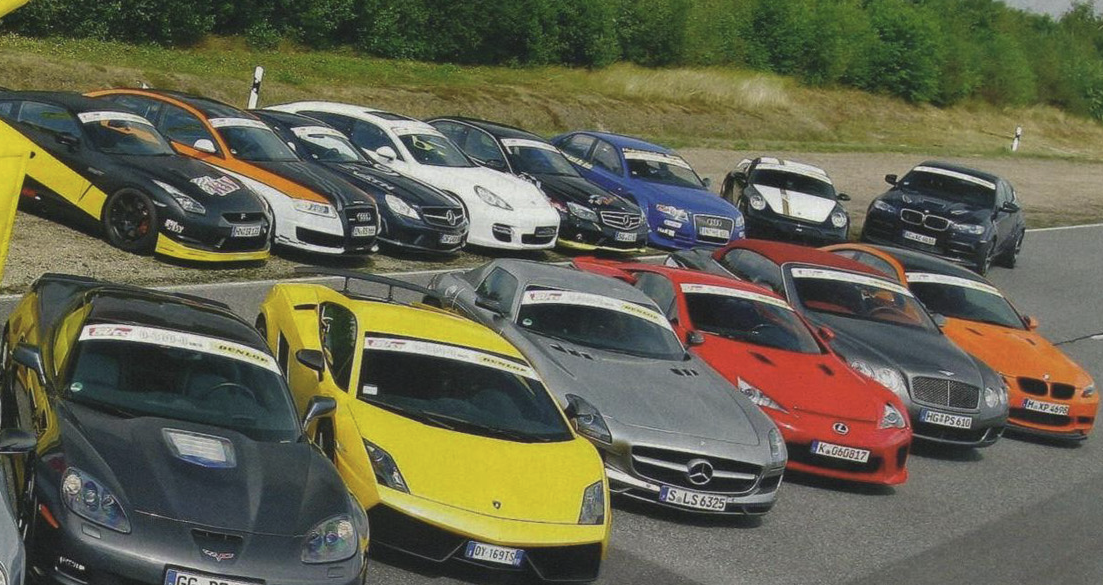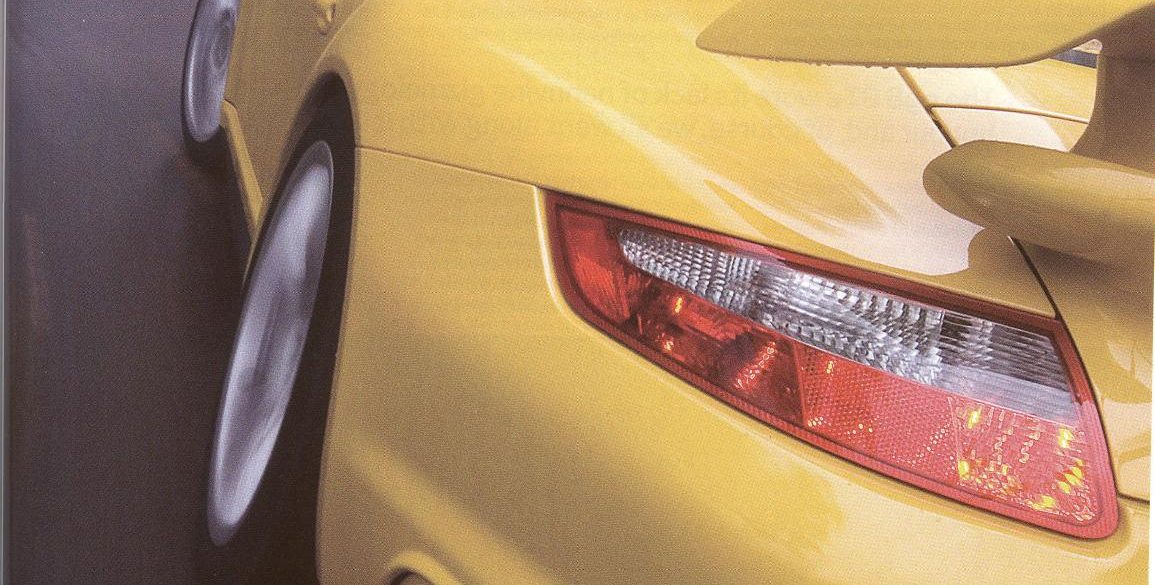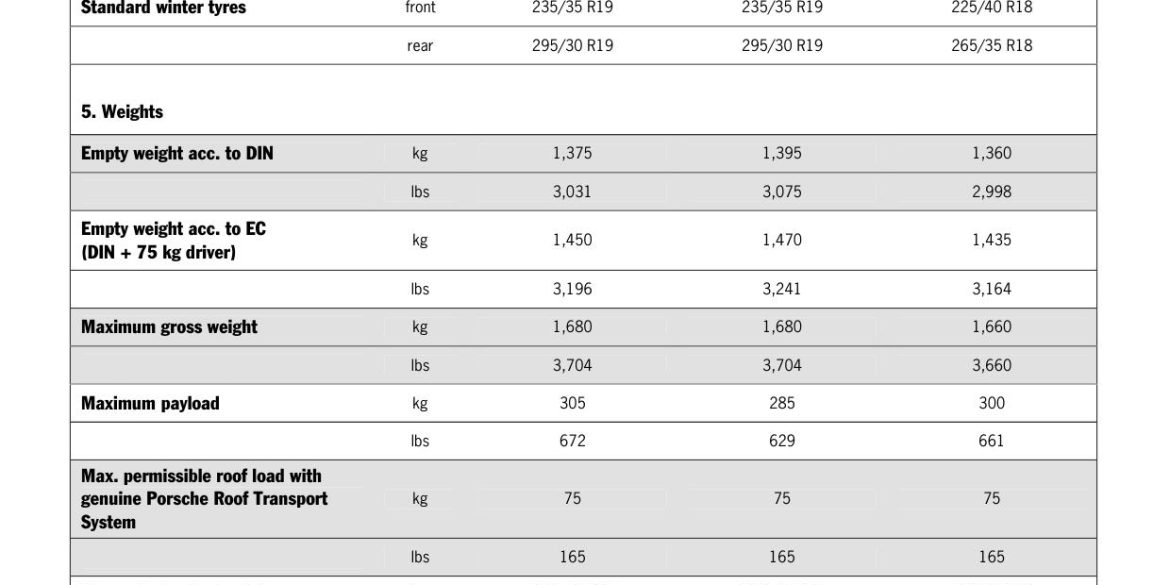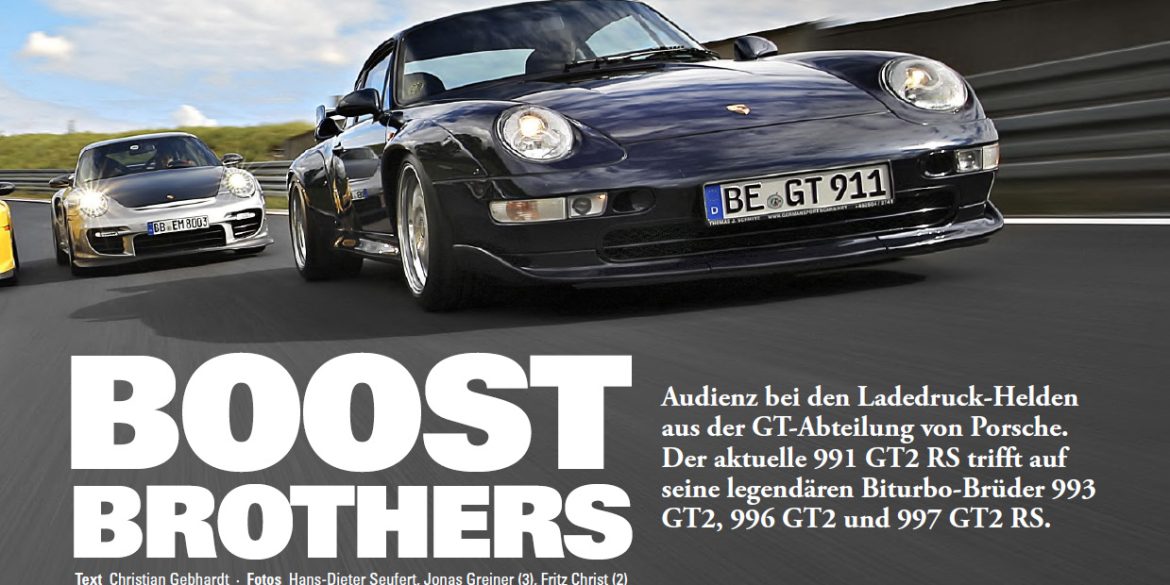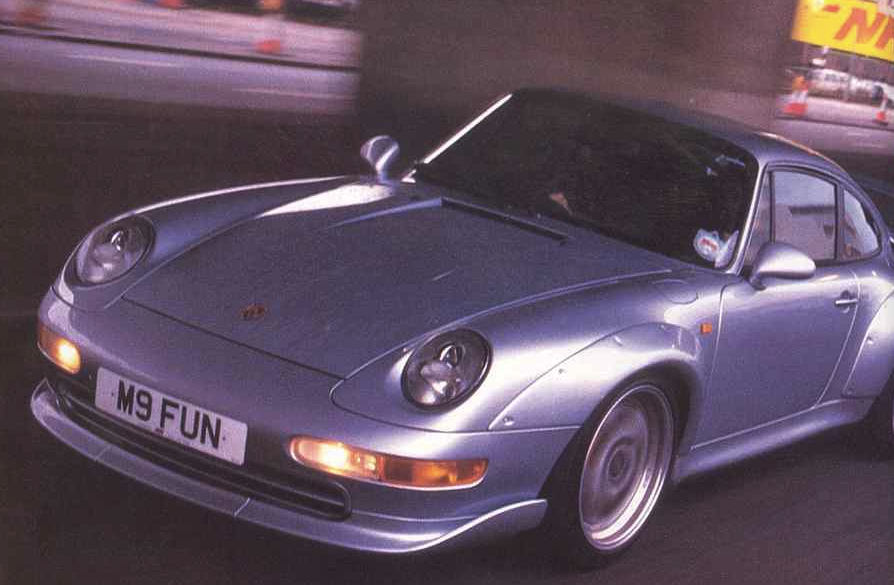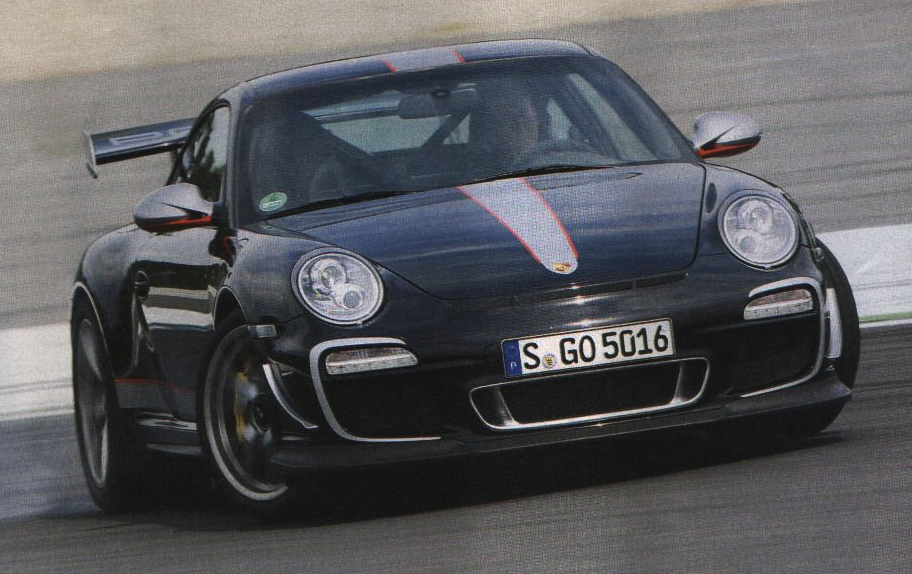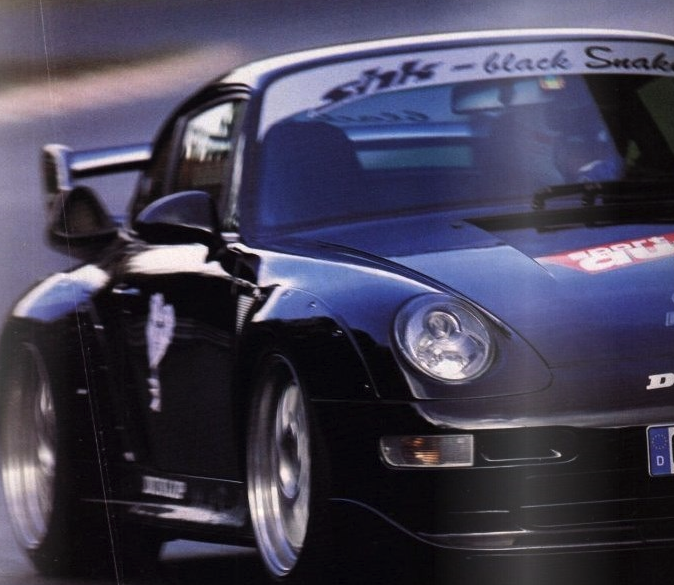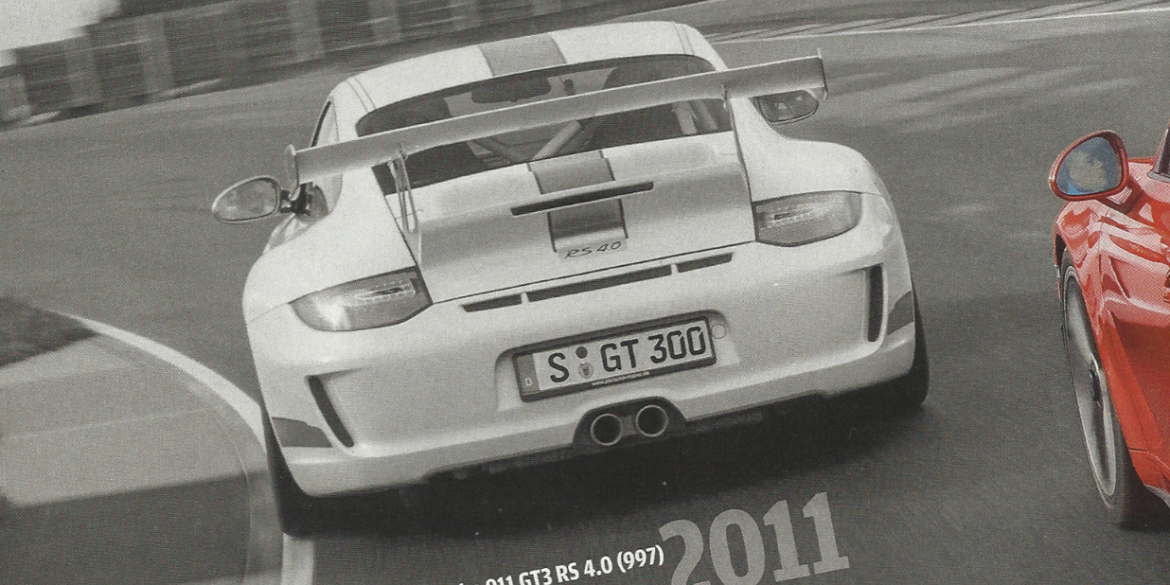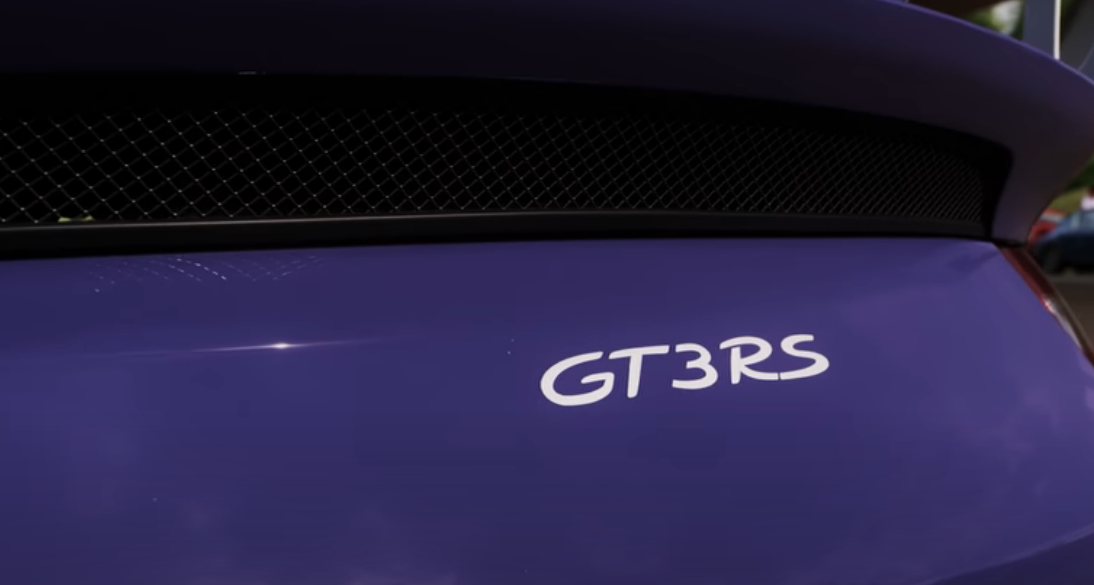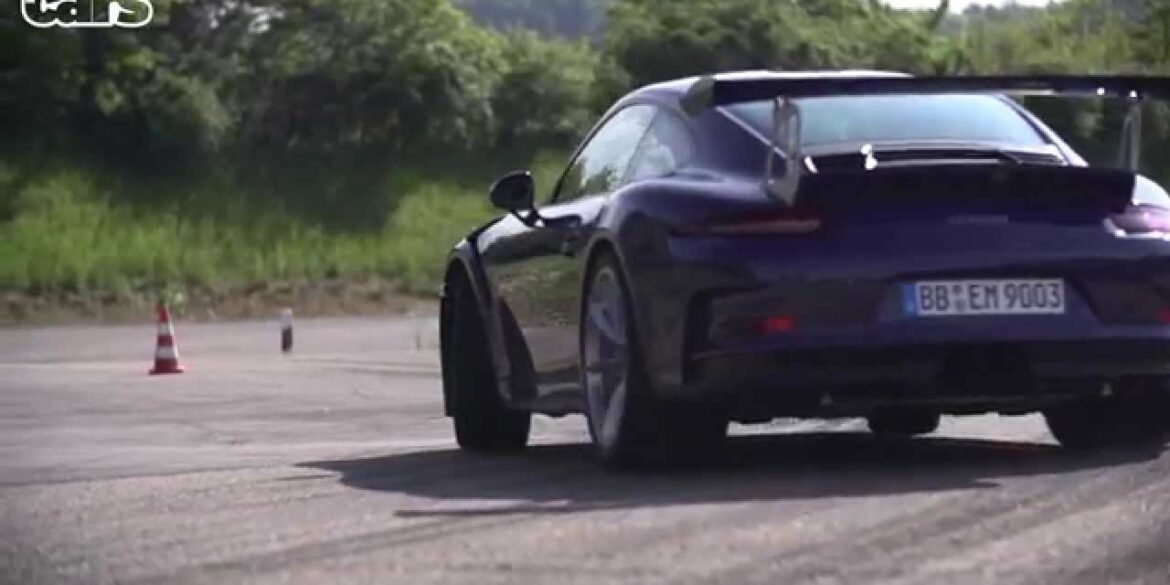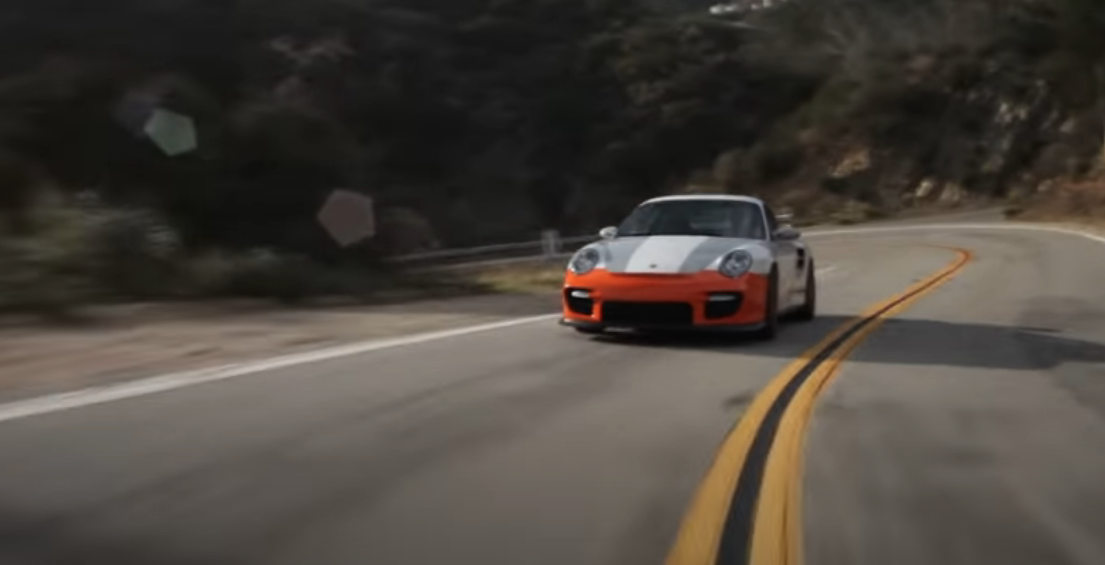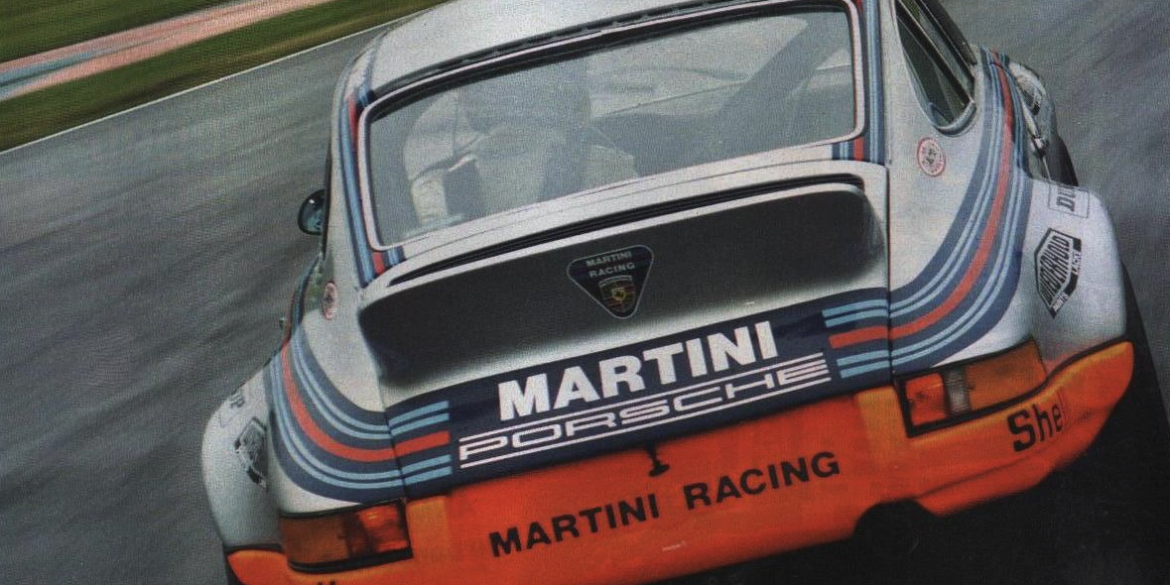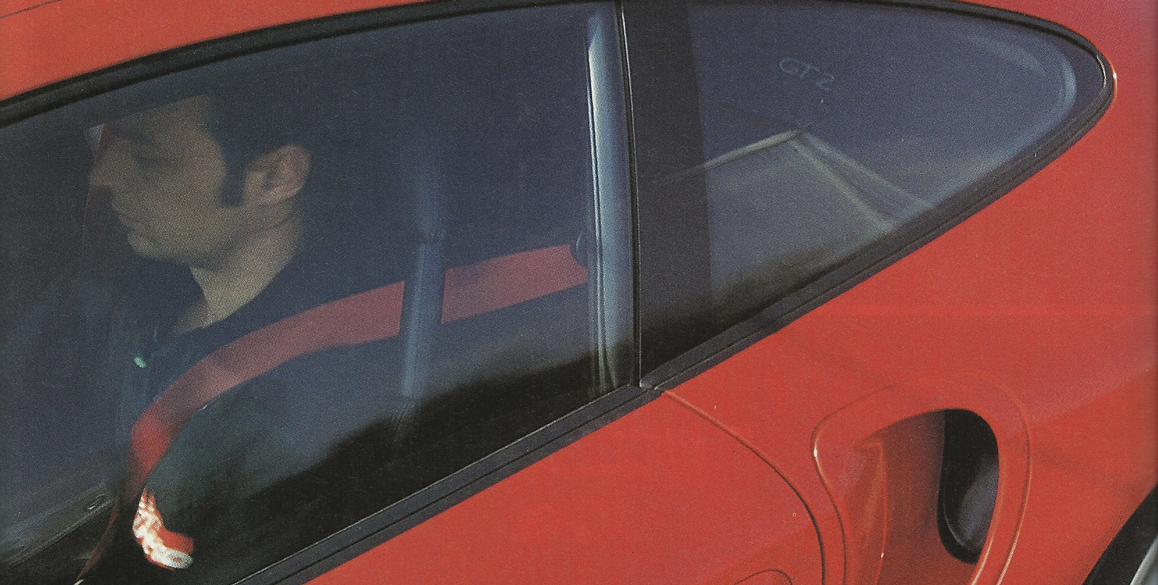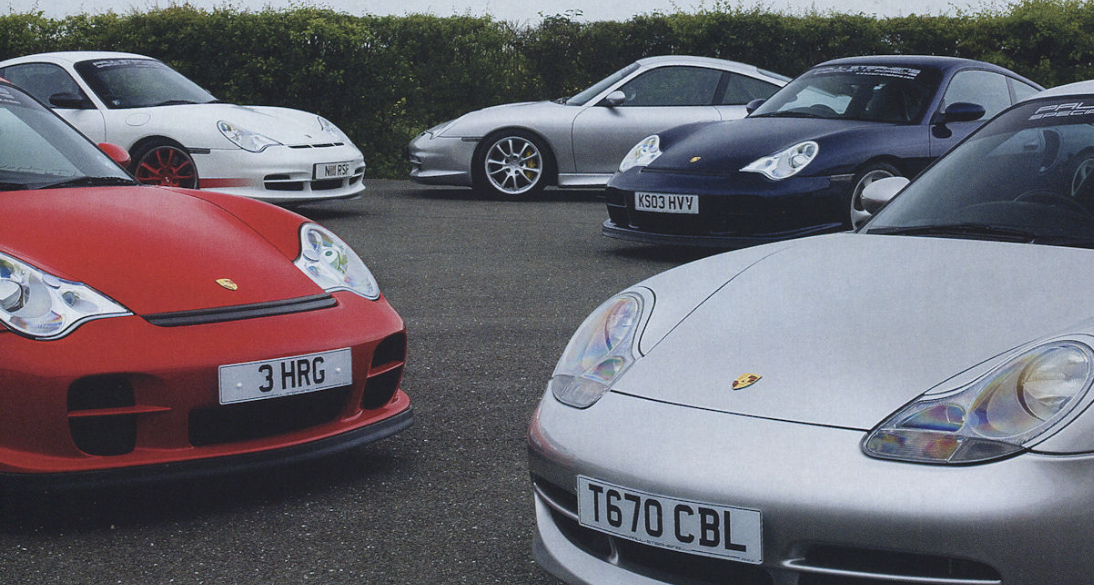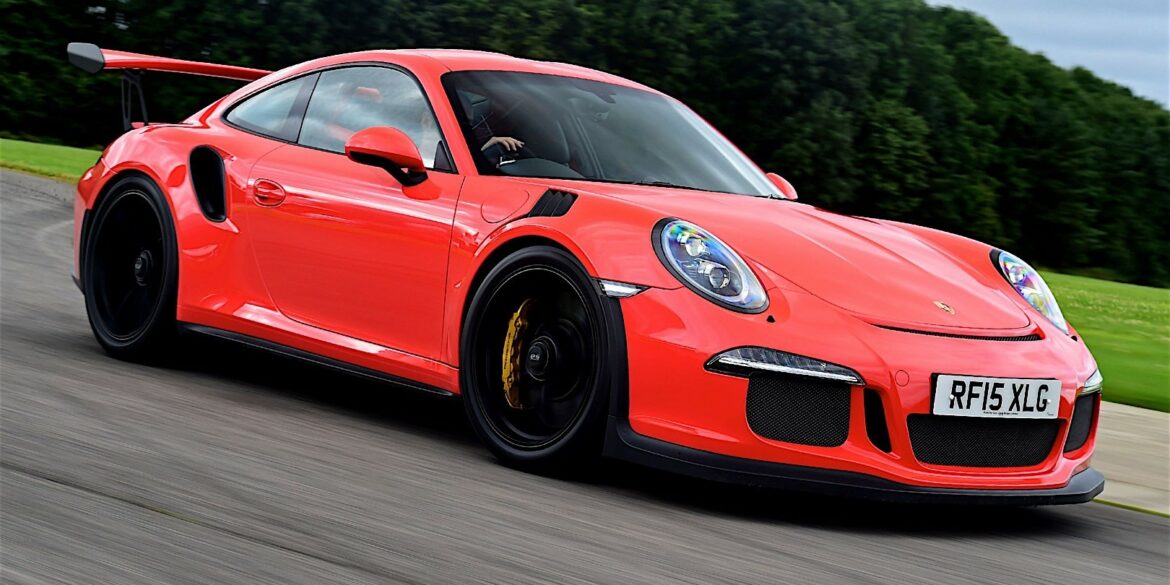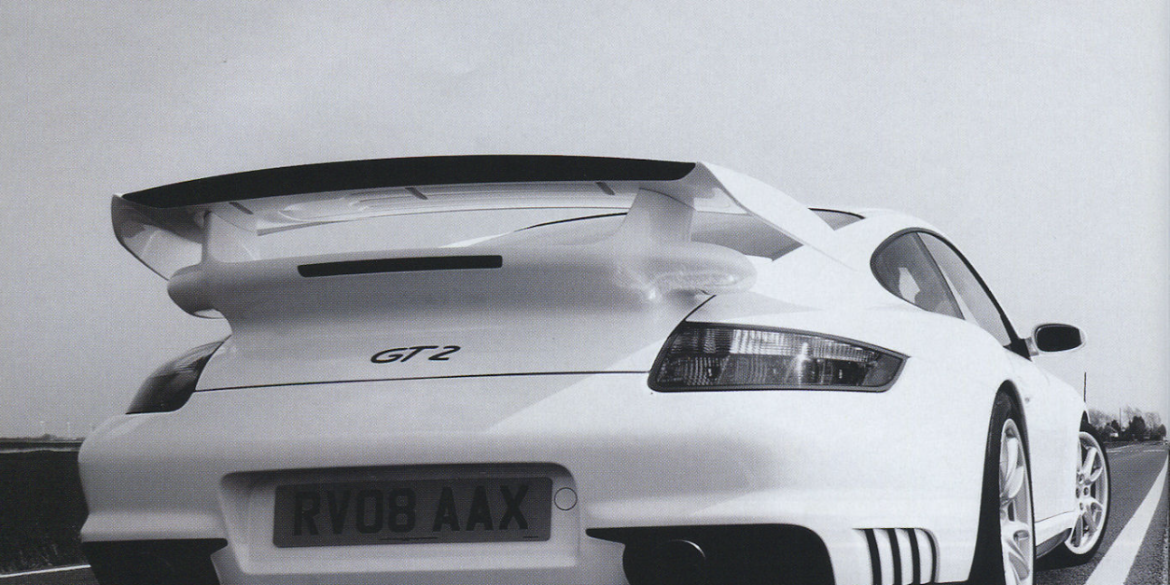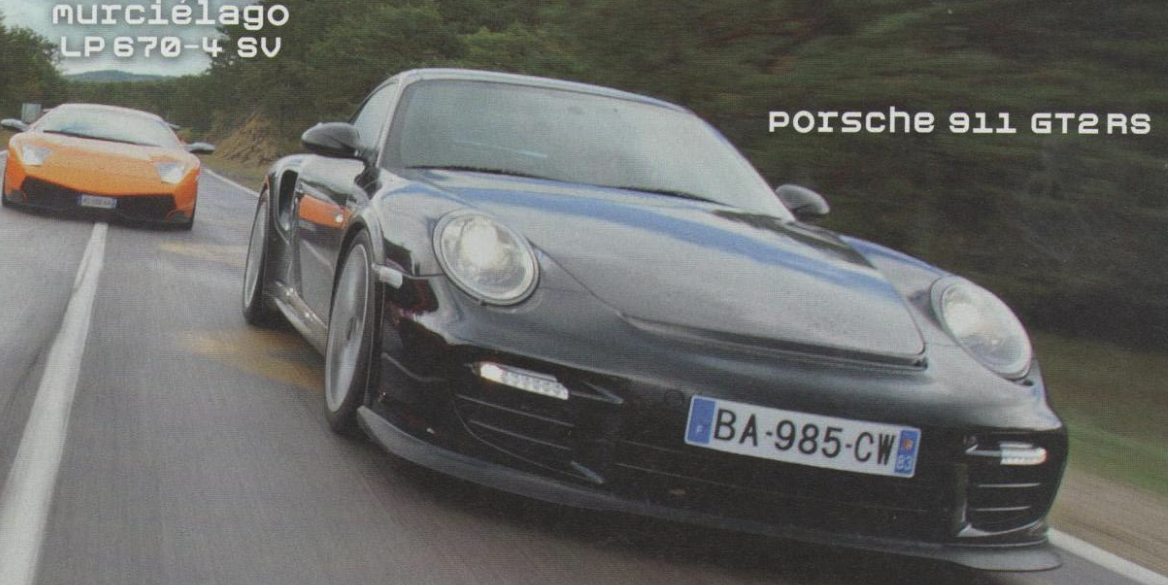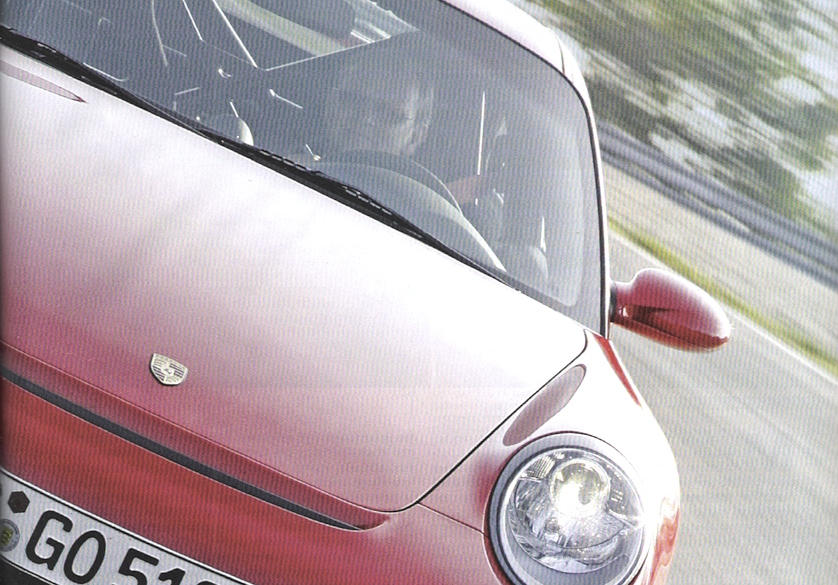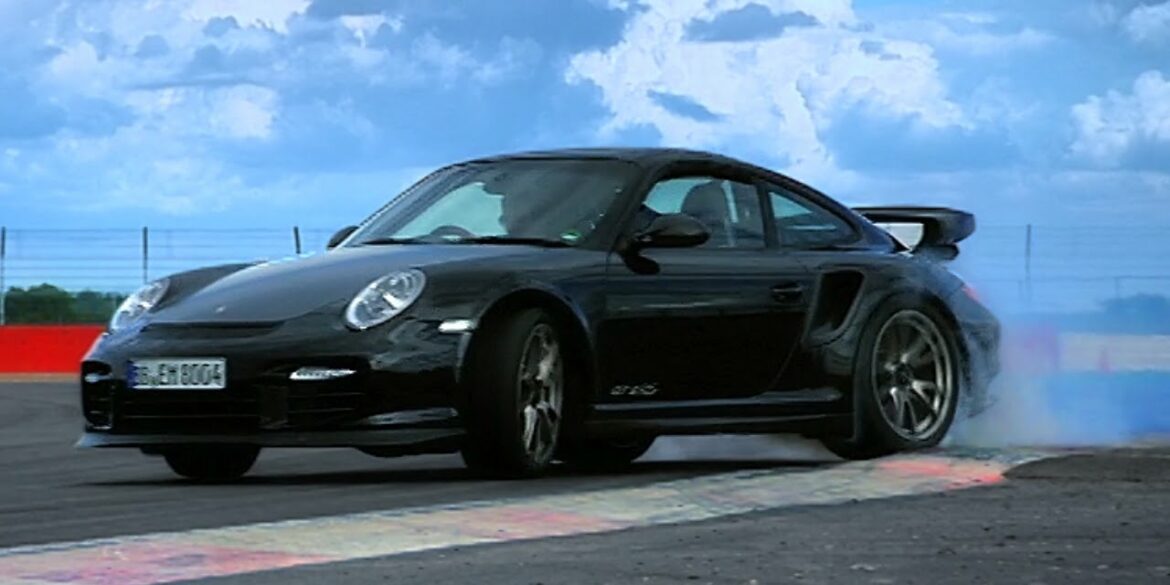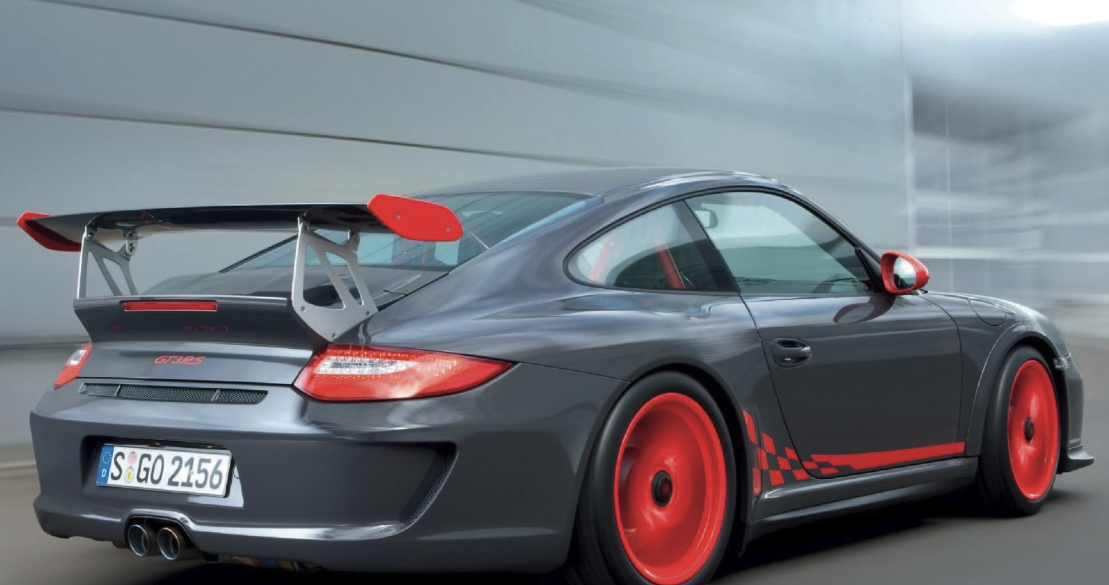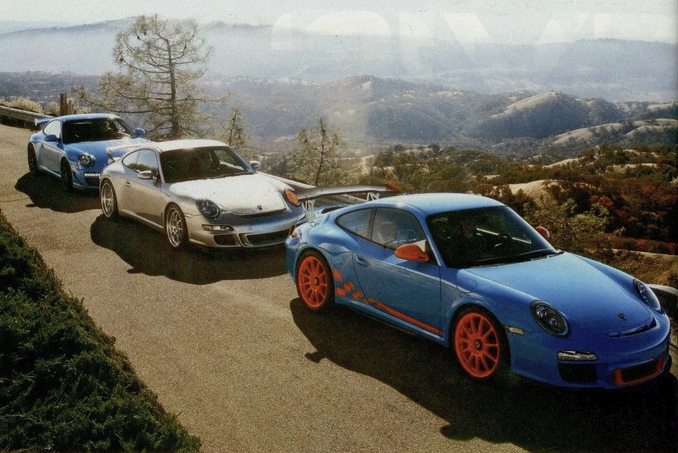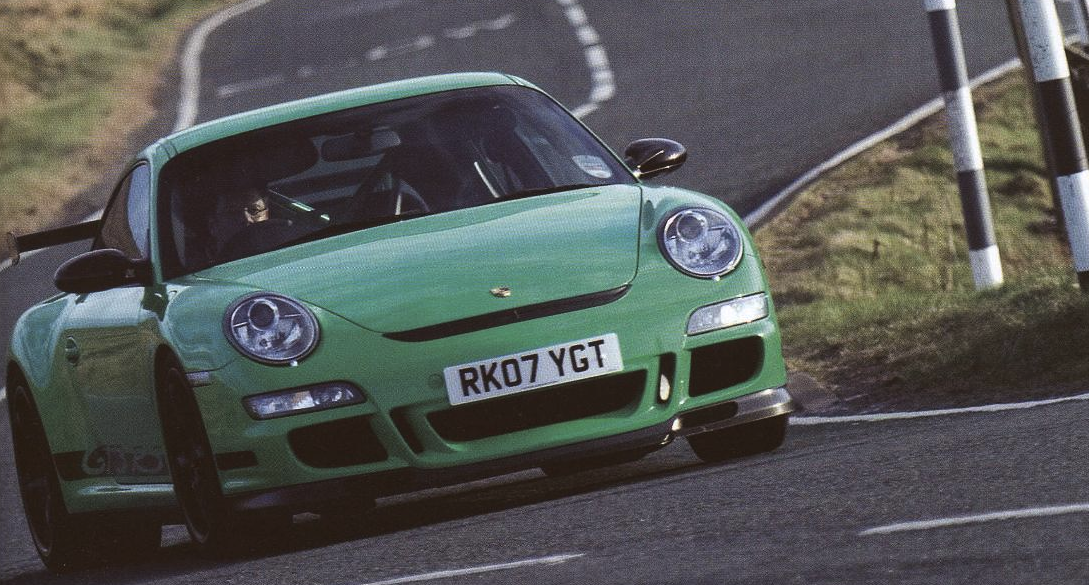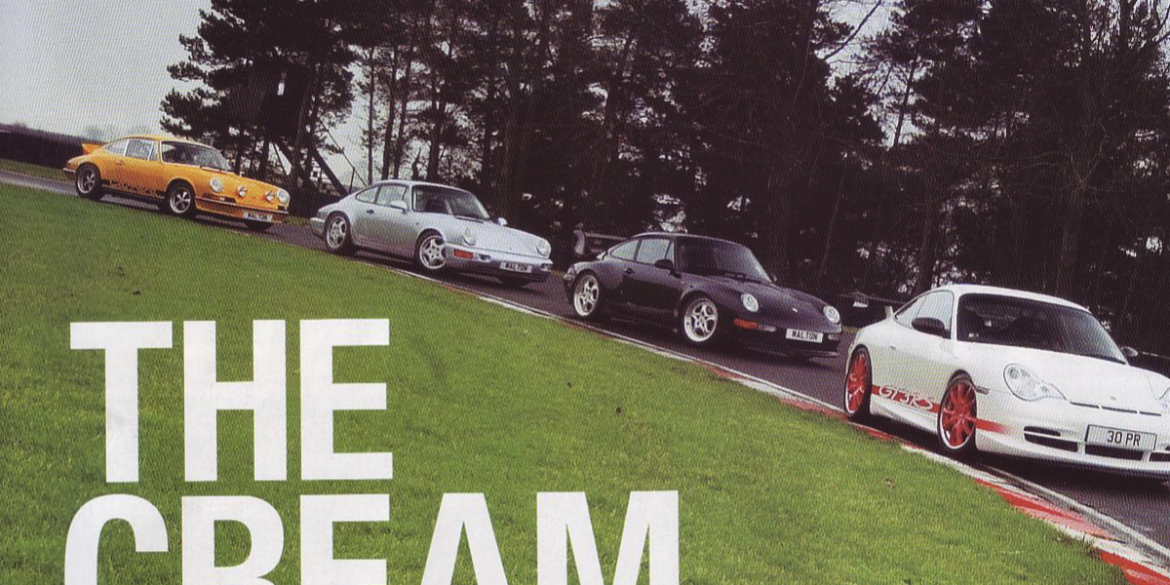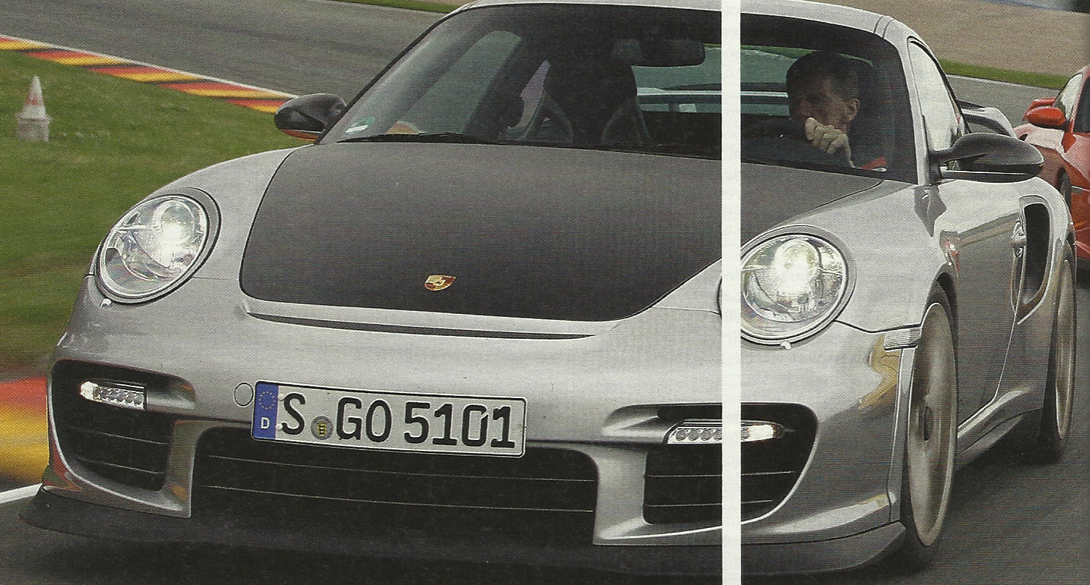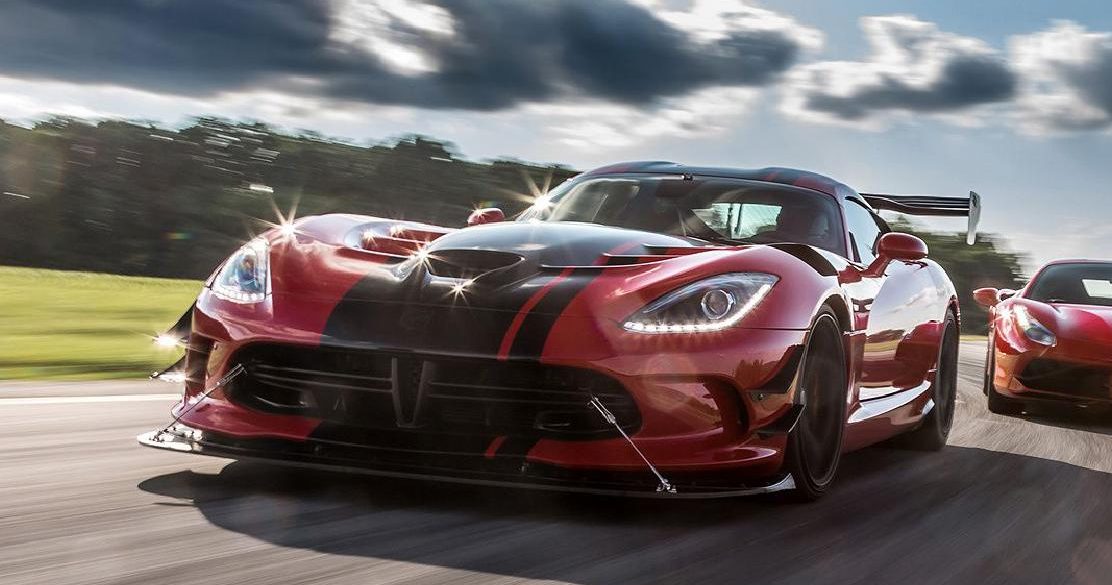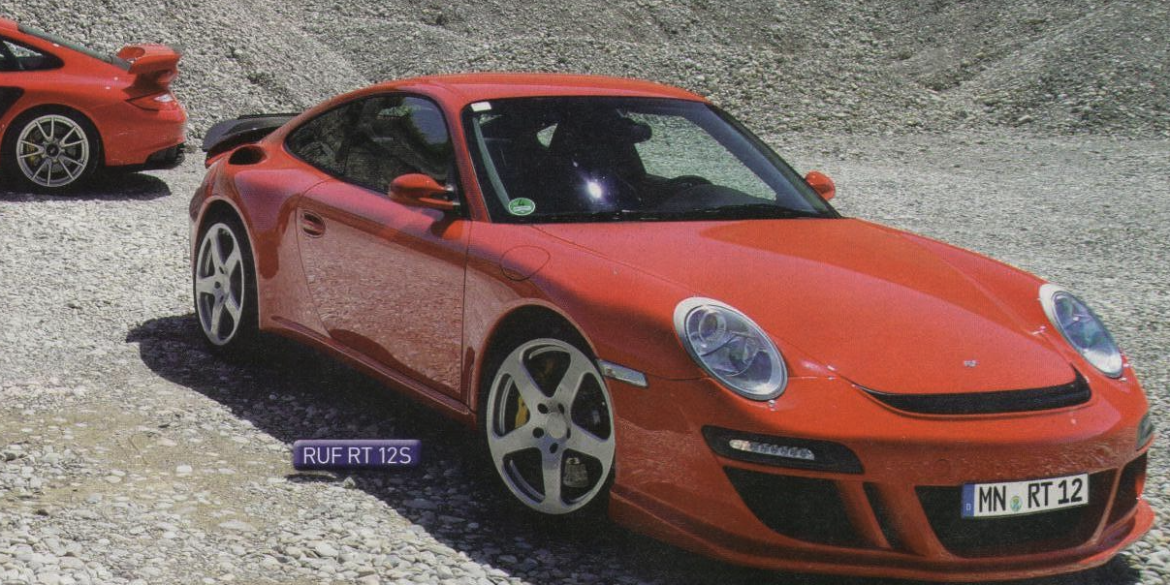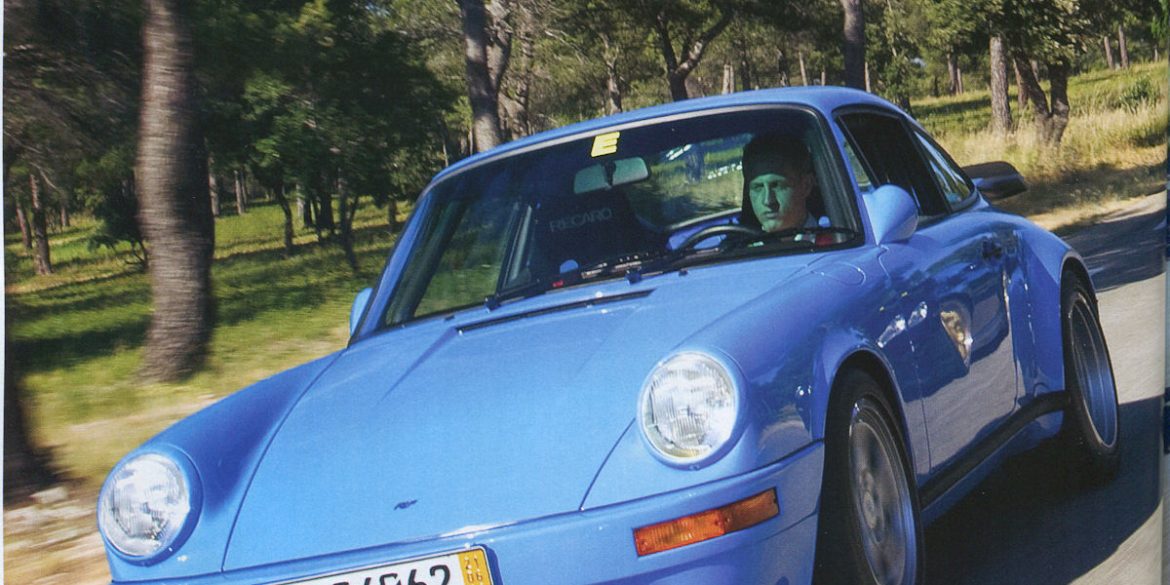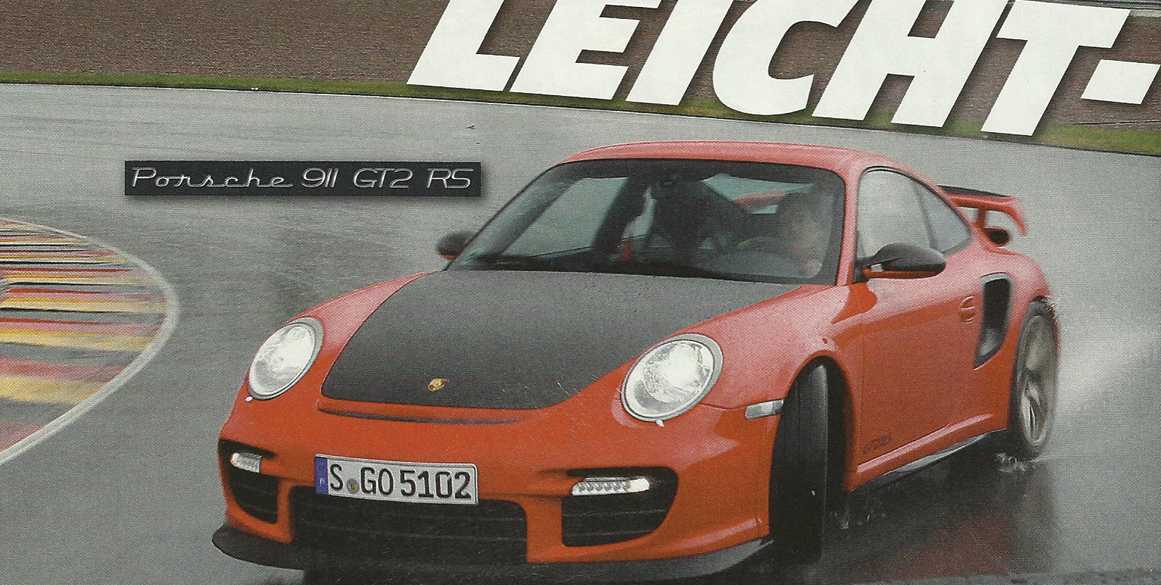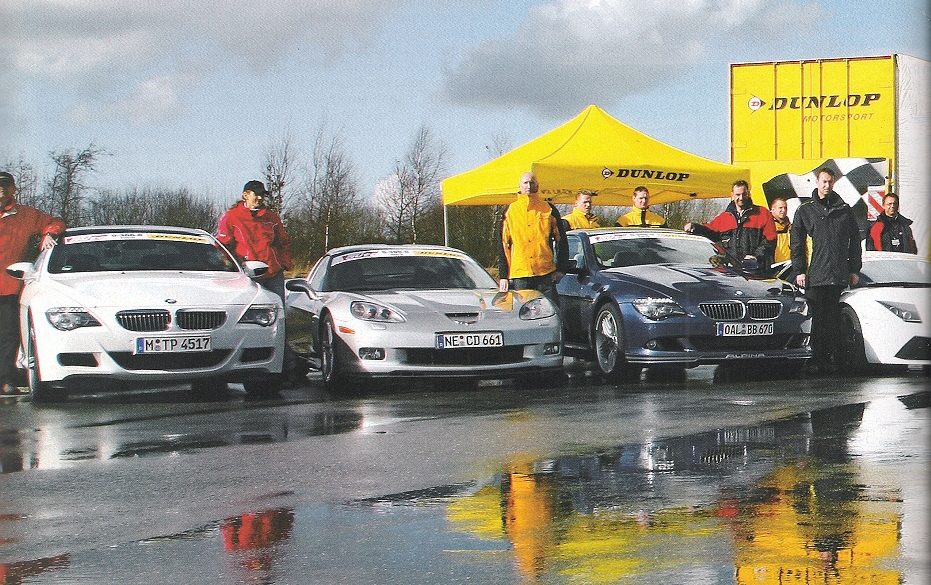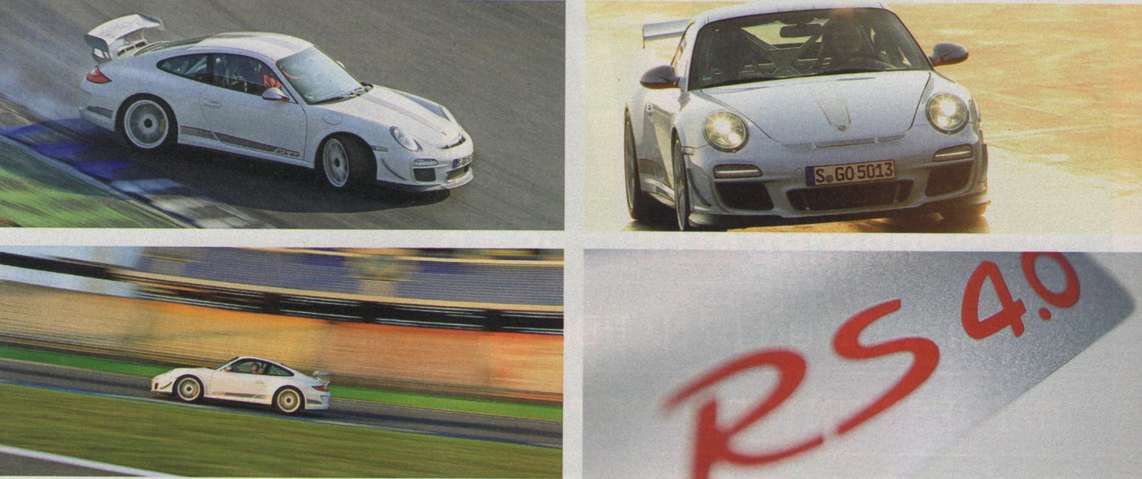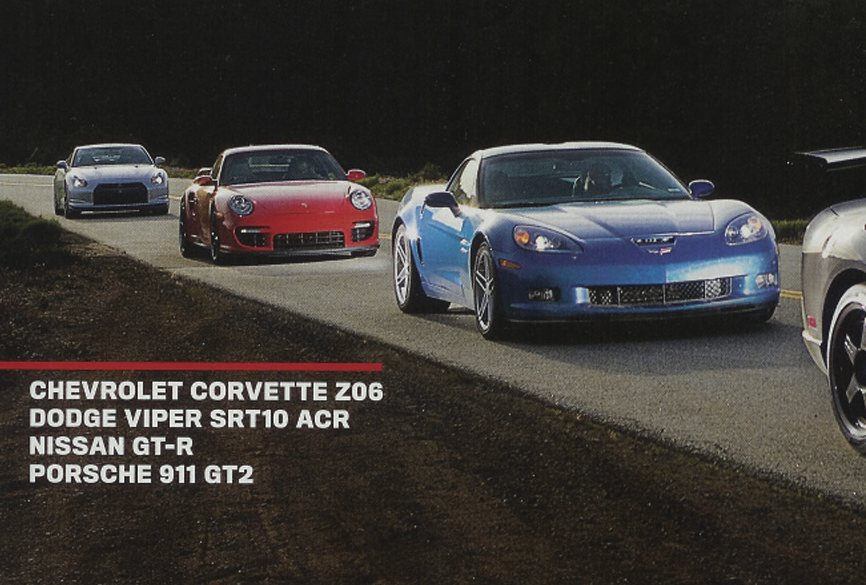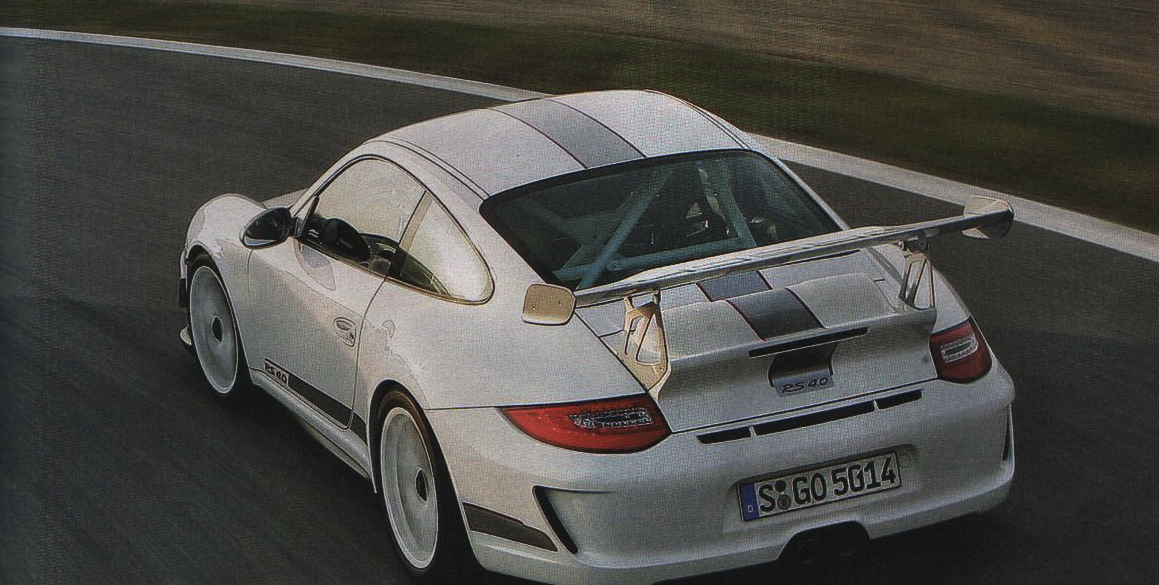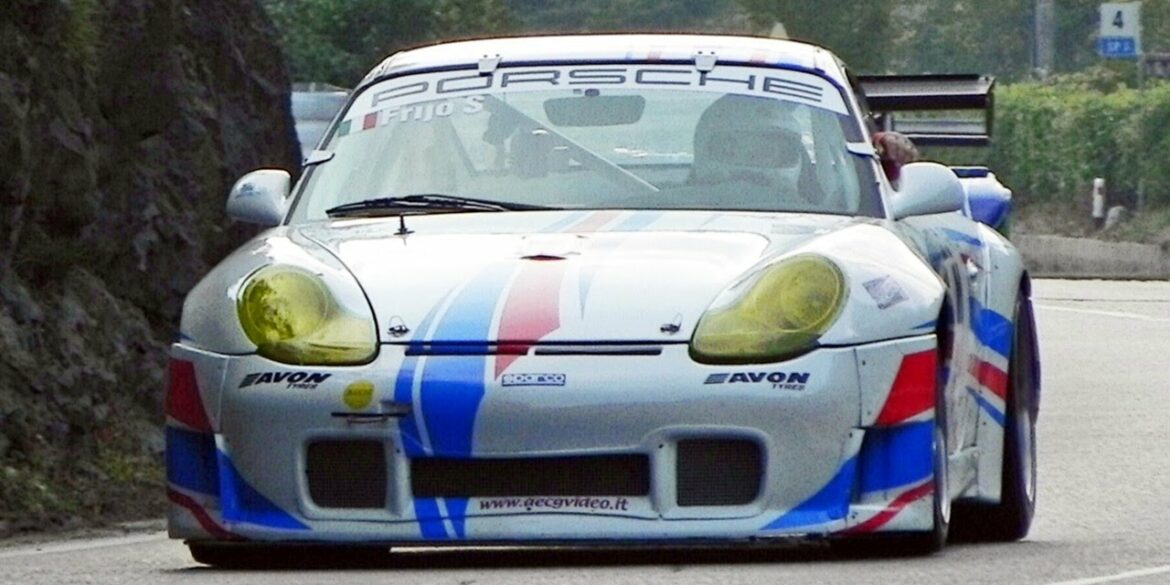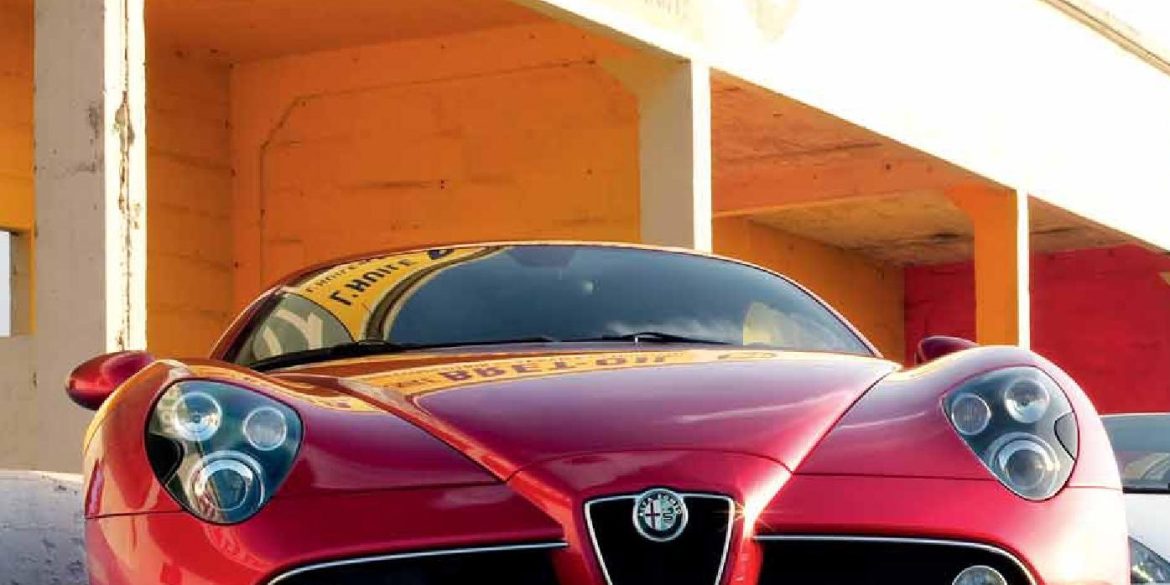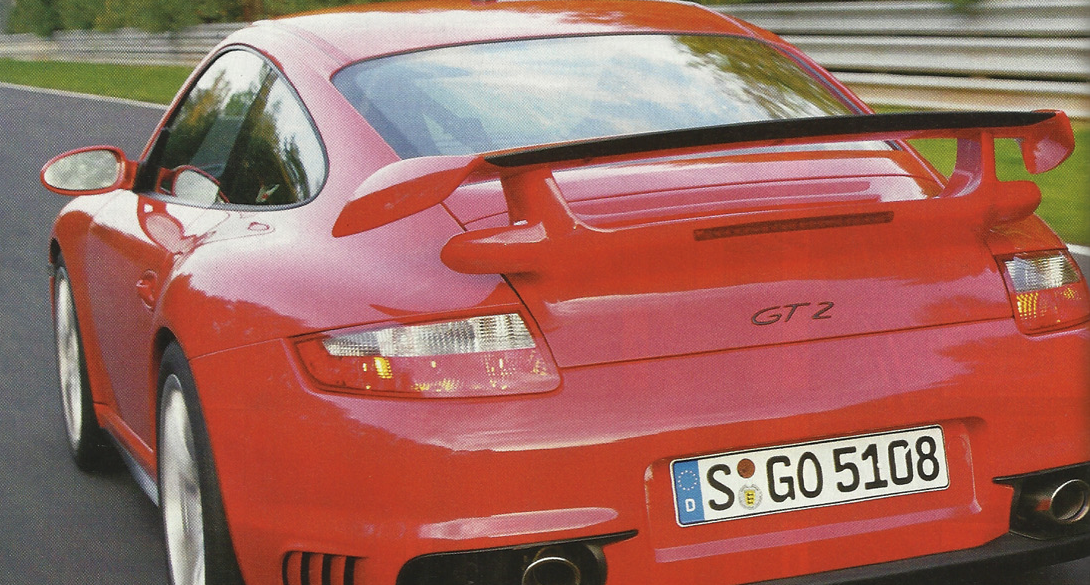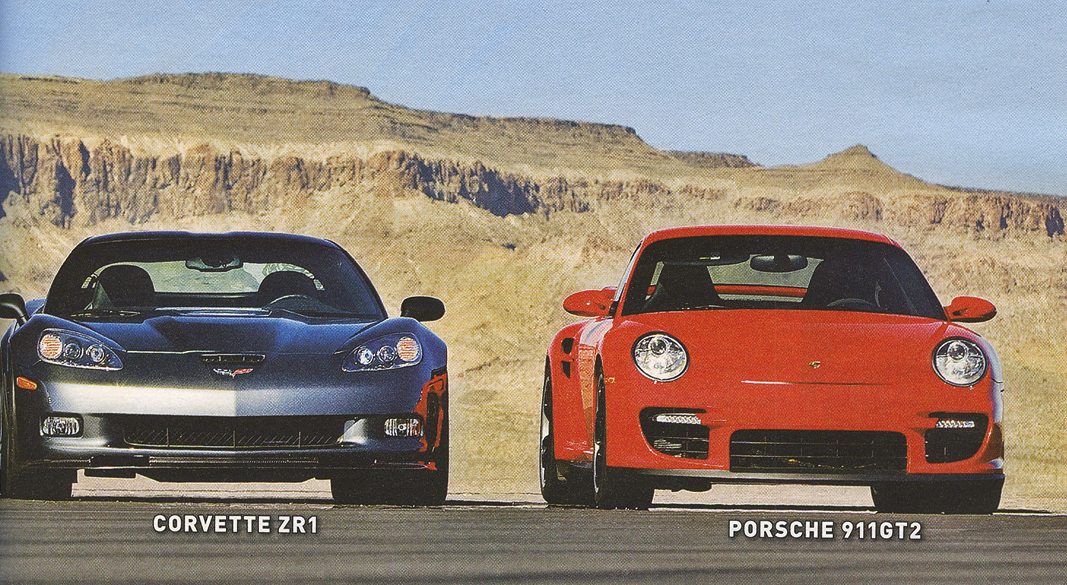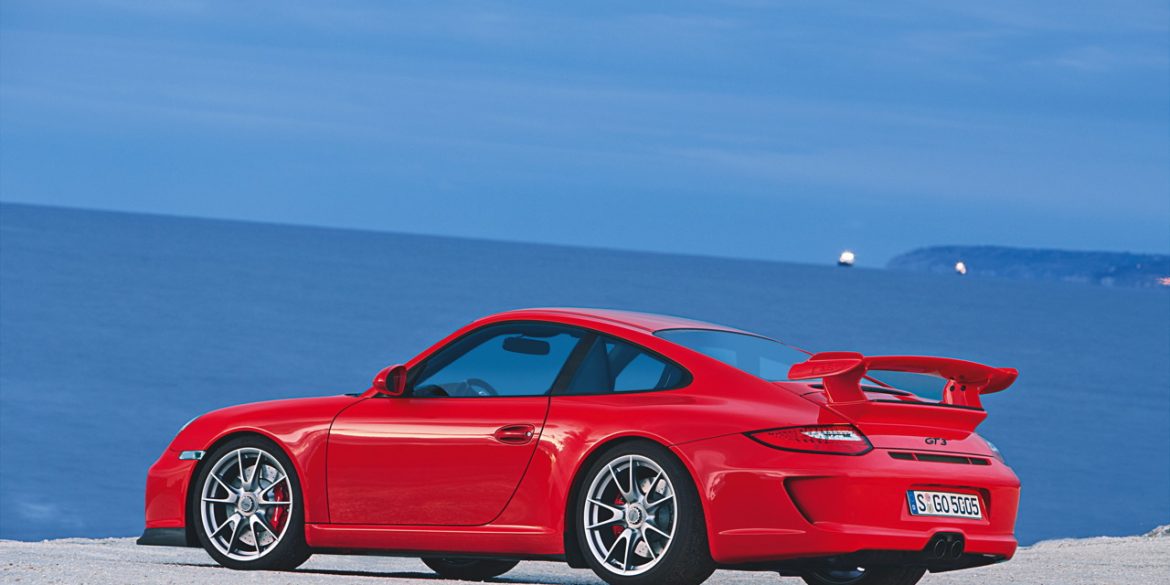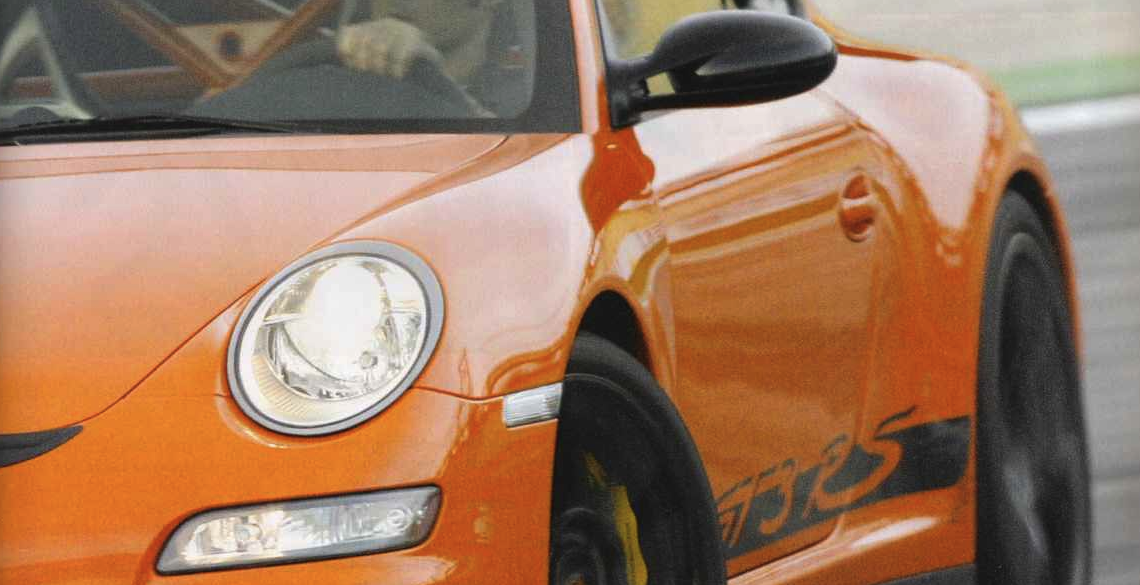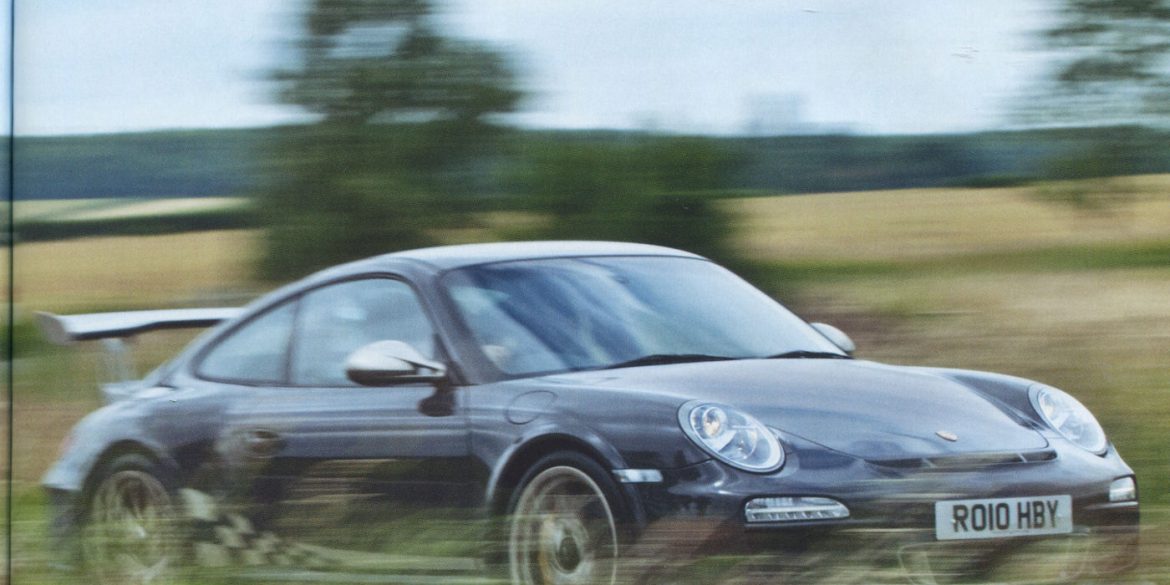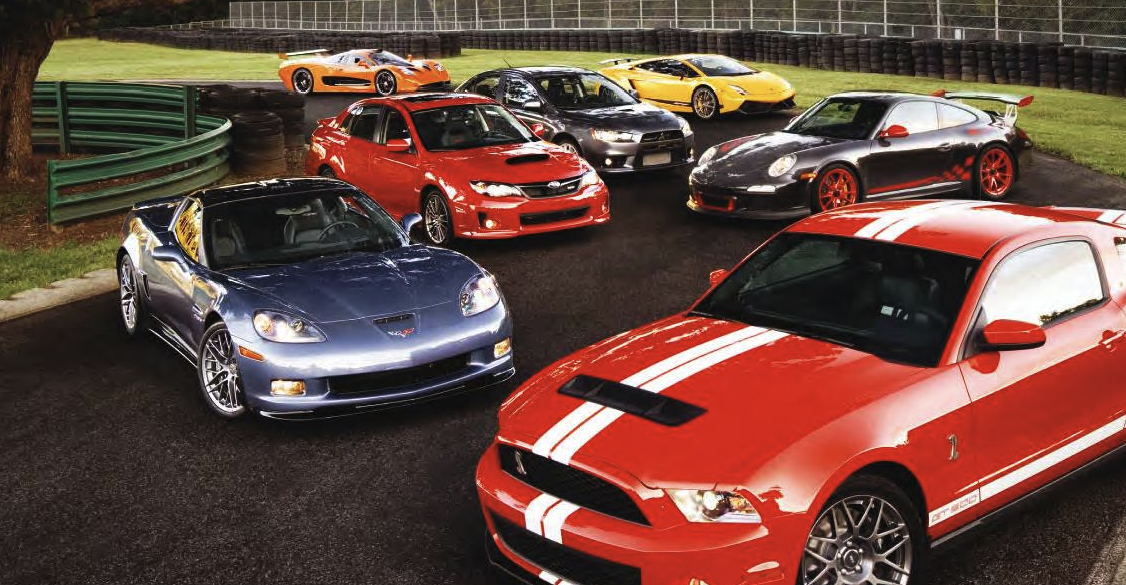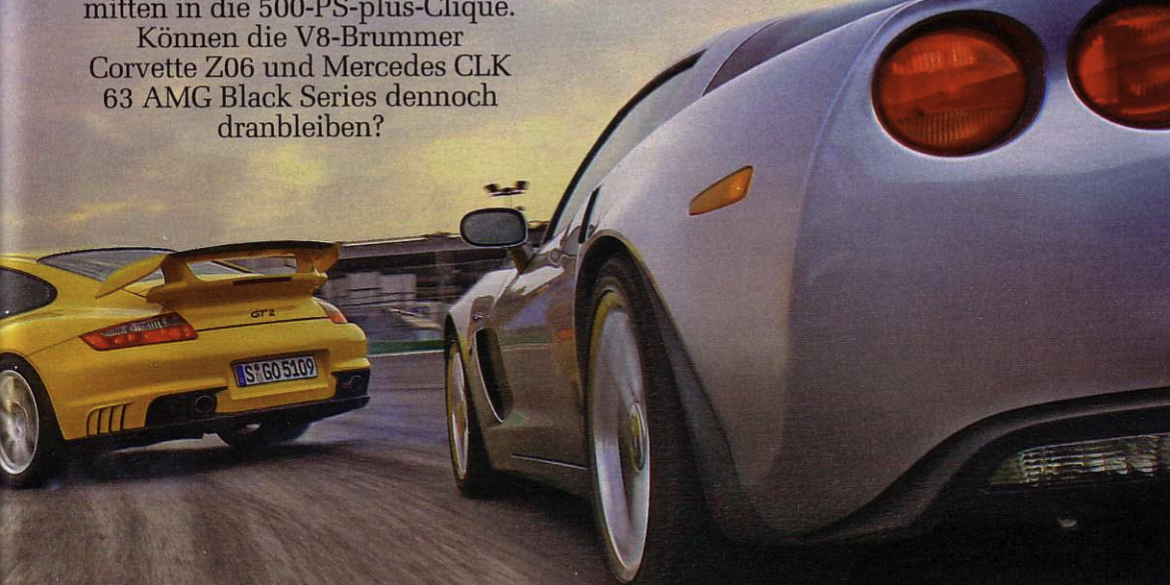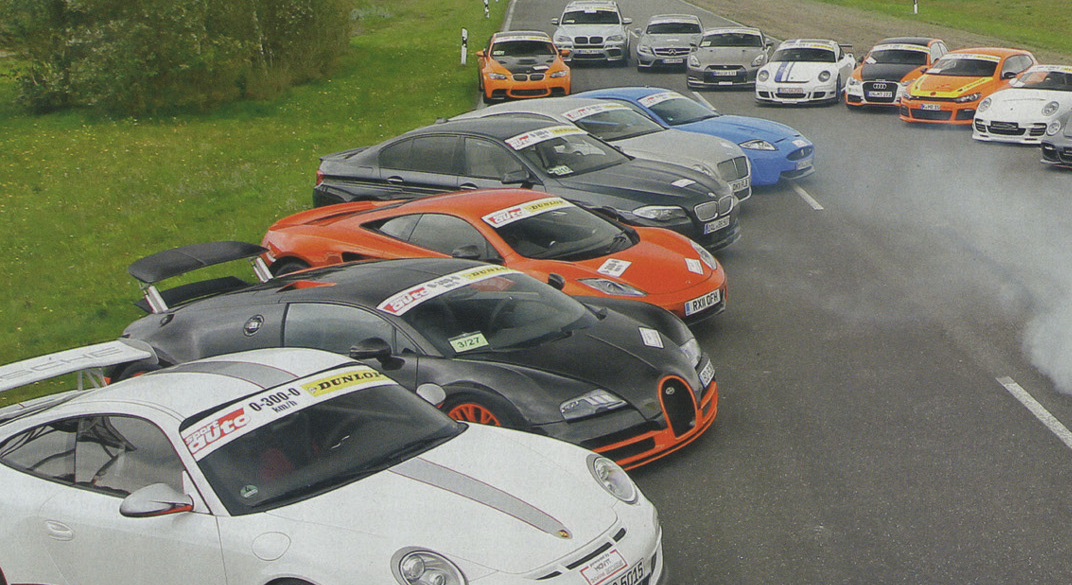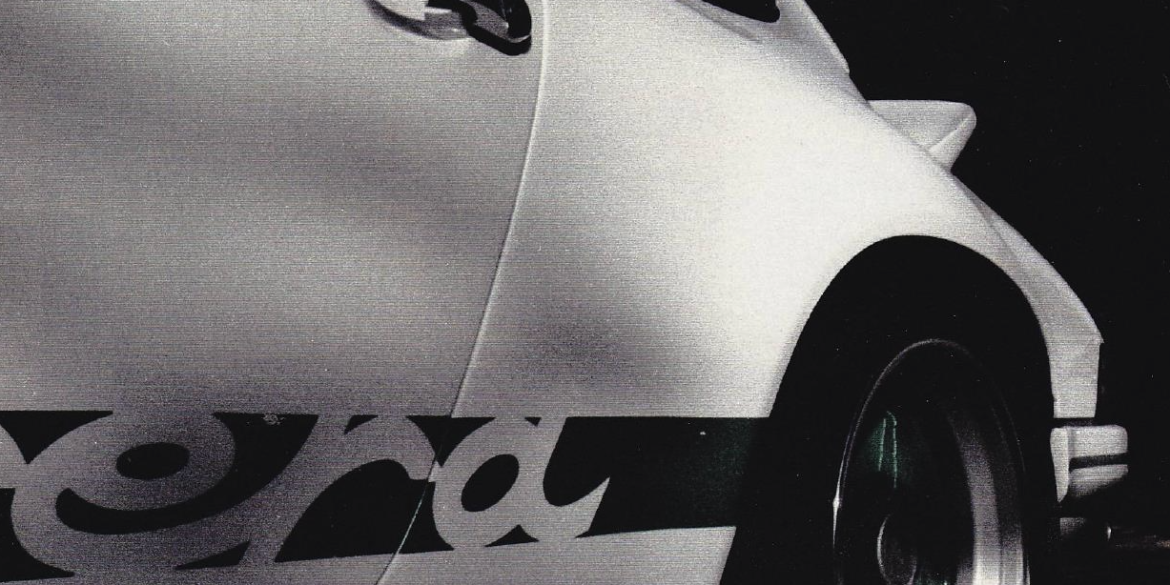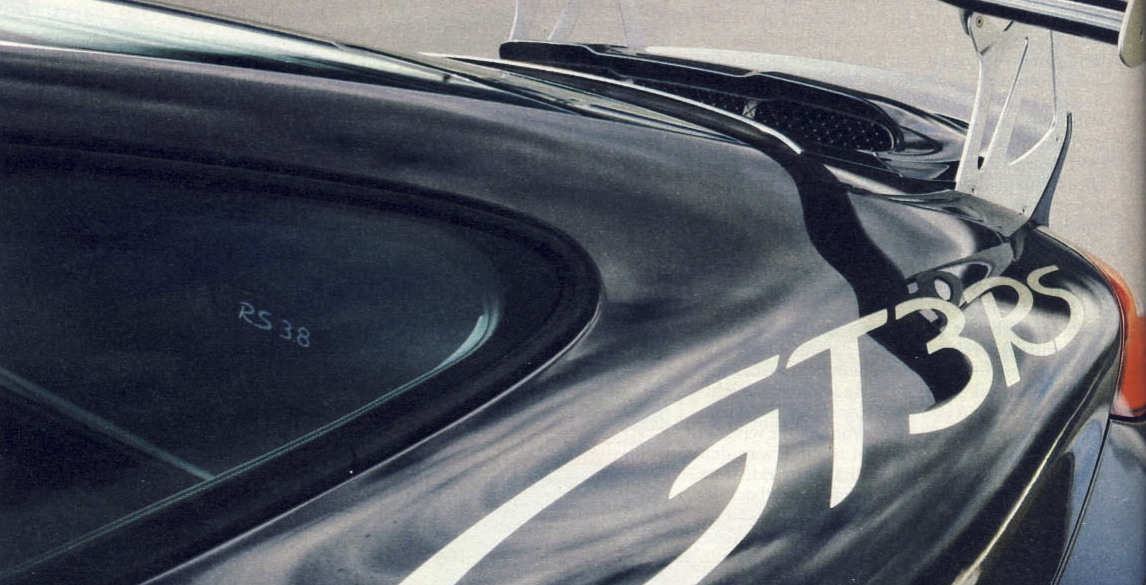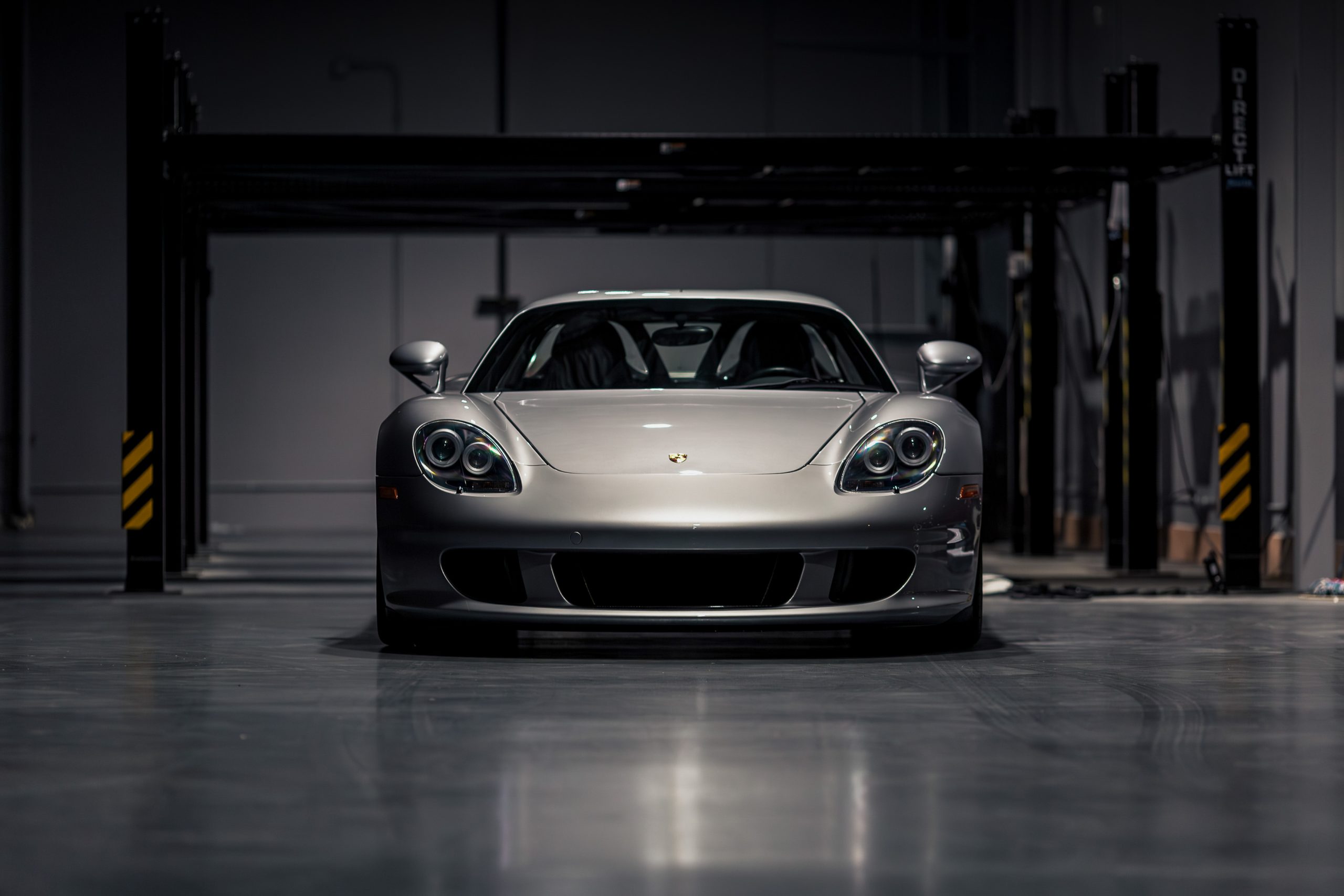This car was officially called as the 911 GT2 RS Clubsport, but the name is rather misleading. The car was not built for the GT2 racing class which is long extinct and club sport has stood for Porsche club track days while this non-streel-legal car is a real racing car. Finally, the car was based on the 991 GT2 RS, which already had the Clubsport version. So, in order to understand what is what, we call it "991 GT2 RS Clubsport racing version". The 991 GT2 RS engine with 515 kW was powerful enough, so it was not tuned.
Porsche 911 Variants
Two decades after the different 911 GT1 cars the mid-engined 911 is back! In order to install a proper diffuser under the rear end of the 991, the engine had to make room for it and the engine/transmission unit was rotated 180 degrees. The extended rear diffuser, a top-suspended rear wing and the new side mirrors help to increase downforce with reduced drag. The FIA rules meant no turbo was needed due to power limits, so the normally aspirated 4-litre flat-6 was taken from the 991 GT3 R.
The Porsche 911 GT2 RS, then. Take a Porsche 911, add a turbocharged engine that’s even more powerful than the one you’ll find in a Turbo S, and fit suspension that’s even more focused than the GT3 RS. Hey presto; the GT2 RS, a 690 bhp limited-run supercar that’s capable...
991.2 GT2 RS – Most Powerful 911 Driven The Porsche 911 GT2 RS, then. Take a Porsche 911, add a turbocharged engine that’s even more powerful than the one you’ll find in a Turbo S, and fit suspension that’s even more focused than the GT3 RS. Hey presto; the GT2...
458 Speciale vs 997 GT3 RS 4.0 Drag Race Welcome back to the 888MF YouTube channel. Sit back and relax, because we have a very special video for you to watch. We put two of the best naturally aspirated cars against each other: The Ferrari 458 Speciale and the Porsche...
As had been anticipated, Porsche has beaten the Huracan Performante’s Norschleife lap time, and is now the fastest production car at the ‘Ring. The 911 GT2 RS lapped the Green Hell in 6:47.3 seconds. It tops our production car list for the fastest Nurburgring lap time. https://www.youtube.com/watch?v=Fh8_2zQZ3xM ...
Porsche set a new record for road-approved sports cars on the 20.6-kilometre Nürburgring Nordschleife in the 911 GT2 RS on September 20. The record time of 6 minutes and 47.3 seconds was achieved in the presence of a notary and surpassed even Porsche’s own expectations. Frank-Steffen Walliser, Vice President Motorsport...
Watch evo’s Jethro Bovingdon put the new Porsche 911 GT3 RS through its paces on the track. Is it the fastest 911 we’ve ever tested? You’ll have to watch to find out. ...
The new Porsche 911 GT2 RS, the most powerful road-approved 911 of all time, celebrated its world premiere at the Goodwood Festival of Speed in the UK on 30 June 2017. At the heart of this high-performance sports car is a 3.8-litre biturbo flat-6 engine developing 515kW (700hp). Weighing in...
Porsche just unveiled their most powerful 911 yet and it is just insane! Equipped with a twin-turbo flat-six engine that yields 700-horsepower (80 horsepower more than the 2011 911 GT2 RS), the new 911 can reach a top track speed of 211 miles per hour. Watch the official video of the new and...
New 2018 911 GT2 RS with 700 hp, rear-wheel drive, race-bred chassis, and rear axle steering Atlanta, Georgia. The fastest and most powerful street-legal 911 model ever is ready for launch: The new 2018 Porsche 911 GT2 RS is celebrating its official world premiere at the Goodwood Festival of Speed in...
You just can’t help but be amazed everytime you see a Porsche 911 GT3 RS. If you ask about the Porsche 911 GT3 RS from the most avid Porsche fans, they will tell you that this car is one-of-a-kind with how it’s made. The Porsche 911 GT3 RS was built with...
In case you’re wondering how the GT3 RS came to be known as the “ultimate Porsche 911”, then you should look at its 500hp. The GT3 RS is 22 pounds lighter than a GT3 and goes 0-to-60 in 3.1 seconds. As usual, this is a limited edition car which makes...
In this head-to-head video, we take two cars, both similar in terms of power, performance, and potential and bring them to a track to see which one will cross that finish line first. Of course, both cars will have very capable drivers behind the wheel to make sure the cars...
A Must-Have Car For All People Who Just Love to Drive, the “Porsche 911 GT3 RS” If Lamborghinis are meant for people who want to be famous or be seen, Porsches, on the other hand are simply meant for people who love to drive. Porsche has always been one of...
Watch the Porsche 991 GT3 RS Traverse the Tricky San Bernardino Pass The Porsche 991 GT3 RS is the RS version of the 991 GT3. Like all other RS versions, the Porsche 991 GT3 RS has better performance than its base model. It has a superior 4.0-litre unit with 500 horsepower...
Which Is Better? The Porsche 996 GT2 vs 996 GT3 RS Comparison Test Ride on board as Total 911 takes the 996 GT2 RS and 996 GT3 RS on a test drive to compare and contrast....
The Key to Happiness – A 991.1 GT3 RS If you own a Porsche 991 GT3 RS, there must be a place where you would like to drive the car during the weekend. For Cars With Luke YouTube channel owner, he like brings out his Porsche and drives it on...
Onboard Video of Porsche 911 GT3 RS 4.0 on Nürburgring Nordschleife The 911 GT3 RS 4.0, launched in 2011, was the final evolution of the 997 GT3 and featured a 4.0 litre flat-six engine (the largest engine offered in a street-legal 911). The engine itself uses the crankshaft from the RSR with...
.911 GT2 RS Nurburgring While this isn’t the record run, it is a pretty awesome 2 laps at the Nurburgring with a 997 GT2RS. See Top 100 Nurburgring Track Times and more Nurburgring Attack Videos...
The 996 GT3 RS was a sharpened version of the Mk.2 GT3, built for track use and it was the homologation model for the GT3 race-car. It was the forbidden fruit for the U.S. and Canadian customers. It was available in a limited number and it was a true track-oriented vehicle. It was based on the GT3 version, but with fewer comfort features and even stiffer suspension. It was the kind of car which could have been taken from the shop and dive into the first race-track. The GT3 was available in white color only, with red or blue inscriptions on its sides. The adjustable rear wing and the “duck-tail” were mounted in the back, to provide better traction on higher speeds. It was fitted with the same engine as the GT3.
From model year 2001, the model range was extended to include the 911 GT2. The body of the extreme sports car was based on the body of the 911 Turbo. The GT2 engine was also based on the 911 Turbo but had ten percent more power. The bi-turbo engine delivered 462 horsepower. The GT2 was offered with a Clubsport Package for use in motorsport. In late 2003 the Porsche 911 GT2 received a power upgrade from 462hp to 483hp, maximum torque also increased from 457 lb ft to 472 ft lbs, thanks to a revised engine management program. Top speed increased by 2mph to 198mph while 0-60 is claimed to take 3.8 sec.
This is the best 911 Porsche has ever made. The headline power figure and the ability to rev to 8,500 snare your attention, but the most staggering aspect of this engine is actually its tractability. Mid-range lunge is marvelous, even if the peak number of 339 pound-feet doesn't sound huge in the context of short gear ratios, lightweight, and a compact frontal area. In third gear, the way this thing flies between 4,500 and 8,500 rpm is scintillating. Plus, the utter progression of the delivery makes it vastly easier to take advantage of compared to the GT2's ridiculous turbo surge. This is one special car.
Porsche’s 911 GT2 RS is a brute, a lightweight, twin-turbocharged, 620-hp bout of madness that stemmed from Stuttgart’s quest to see how high up the sports-car ladder the 911 could punch. It is the most serious roadgoing Porsche ever. The engine is a port-injected, 3.6-liter flat-six from the Le Mans–winning GT1 race car of the late ’90s, with a pair of variable-geometry turbochargers huffing a maximum of 23.2 psi of boost into the combustion chambers. The result is 620 hp at 6500 rpm and 516 lb-ft of torque at 2250. It gets a six-speed manual gearbox and rear-drive only. Yikes.
The Porsche 911 GT2 Evo represented the top specification ever produced for any air-cooled Porsche. Designed to compete in FIA GT1, it incorporated a twin turbocharged 3.6L flat-6 engine rated at a full 600 HP and 491 lb-ft of torque. As compared to the standard 993 GT2, Porsche widened the rear fender extensions to cover wider modular wheels and added a new front spoiler with inlets for oil and brake cooling. A second deck appeared on the already outlandish rear spoiler, which could be mounted higher in the air stream for added downforce. Approximately 11 samples were produced.
POV Tearing Up a Mountain in a 991 GT3 RS One of our favorite POV videos so far, this takes you behind the wheel in a GT3 RS screaming up a mountain. Turn up the volume because this one is special....
Porsche 911 (993) GT2 Driven Charles Morgan takes us through one of his favourite cars – the 911 993 GT2....
Porsche 911 GT3 RS Who needs an annoying journalist talking about steering feel and the latest enhancement to the suspension components…. blah blah blah. Just sit down and enjoy the new Porsche 911 GT3RS being hammered at full throttle....
The GT2 was the hardcore, race-focused version of the 993 Turbo, using essentially the same 3.6 L twin-turbocharged engine, but slightly modified with increased power output. The car was made to compete in the FIA GT2 racing class. Among this already very exclusive circle of 57 cars there is an even more rare community. 20 of the 57 road-legal cars were produced in a second – and last – badge with upgraded engine power (450 PS) called GT2 “Clubsport” which make them the last Porsche models with air-cooled engines.
The Porsche 911 GT2 (or GT as it was initially called) from the 993 Porsche series was built in order to meet homologation requirements for the GT2 class racing which had banned all-wheel-drive vehicles by the mid 1990's. As a two-wheel drive vehicle, the GT2 had significant weight savings as compared to the standard 993 Turbo from Porsche, making it instantly competitive in racing. The 993 GT2's original 3.6 L (220 cu in) engine generated a maximum power output of 316 kW (430 PS; 424 hp). There was an update in 1998 that upped power to 450 bhp.
Based on the already primal 997.2 GT3, the RS gets another 15 hp from the 3.8-liter flat-six for a total of 450, or more than 118 hp per liter. A racing machine tamed for street use, the GT3 RS is hardly just about horsepower. It gets a wider track, it weighs less, and it produces more downforce than the GT3. The only available transmission is a six-speed manual gearbox (with the ratios even shorter than the GT3). A racing machine tamed for street use, the GT3 RS also gets a wider track, it weighs less, and it produces more downforce than the GT3.
The 2008 Porsche 997 GT2 is the most powerful and fastest roadgoing 911 Porsche has ever created. Power for the 997 GT2 comes from a 3.6 litre, twin-turbo, flat-6 cylinder engine which develops 530 bhp @ 6500 rpm, and a tire destroying 505 lb-ft of torque @ 2200 - 4500 rpm. most of the power gains have been achieved with changes to the turbo-charging system and the addition of a high-flow titanium exhaust system. Power is transferred to the rear wheels of through a 6-speed manual giving the car a 0-60 mph time of just 3.6 seconds and a 204 mph top speed.
The 997 911 GT3 RS is an even lighter and more purist version of the 911 than the regular GT3. 20 kilograms lighter than the GT3 and equipped with a close-ratio six speed manual the GT3 RS gets to 60 mph 1/10th of a second faster than the GT3. The 911 GT3 RS is 44mm wider at the rear than the GT3. The wider track helps improve directional stability when cornering. Weight savings can be found throughout the car. The Clubsport version there is a bolted roll cage, a six-point harness for the driver and a built in fire extinguisher.
Harry’s Garage Reviews A Porsche 911 993 ‘GT2’ Evo Starting life in 1995 as a regular 993 turbo, this car underwent a transformation in a German workshop around 4 years ago into the ‘GT2 evo’ reviewed here. Still 4WD but now sporting a GT2 Evo look and around 500bhp, it’s...
No Subscription? You’re missing out Get immediate ad-free access to all our premium content. Get Started Already a Member? Sign in to your account here....
991.1 Porsche 911 GT3 RS Review Evo’s Henry Catchpole delivers his first impressions on the incredible new 991.1 Porsche 911 GT3 RS...
Porsche 991 GT3 RS on road and track The latest generation of GT3 RS, the 991. Lighter than a GT3, with more power, more grip, more aero and more purple....
Coffee, Magnus, and a 700HP Porsche GT2 Matt Farah tests the SharkWerks Porsche GT2, a 700HP beast of a car....
For those who want more extreme performance, handling and track-day bragging rights, the RS is it. It's far from practical and may be too extreme for some, especially on the street, but on track it is exceptional. Only marginally quicker than the 991 GT3 that it is based on, but it delivers that performance with a different character. Massive grip, massive downforce and more extreme than the GT3. It delivers 80 per cent of the downforce of the full-on GT3 R race car, and with a carbon fibre bonnet and wings, a magnesium roof and polycarbonate rear windows and screen, it’s also light, weighing in at just 1,420kg.
Jay Leno’s Garage Review of a tuned Porsche 997 GT2 When Magnus met Alex Ross of SharkWerks at Jay’s garage, a love connection was made – which yielded this baby!...
Thrashing Porsche’s Most Epic Car It’s #ThrowbackThursday! Jason is trying out the Porsche 911 GT2 RS to see if it competes with the Ferrari 458 Italia....
No Subscription? You’re missing out Get immediate ad-free access to all our premium content. Get Started Already a Member? Sign in to your account here....
Turn Up the Volume to the Perfect Flat 6 Screaming Sounds This video is about a couple of Porsche 996 GT3 RSs I saw during a few hillclimb races and a Red Bull livered 996 GT3 RSR I recorded at Monza Circuit. The RS is moved by a 3.6-liter flat-six...


